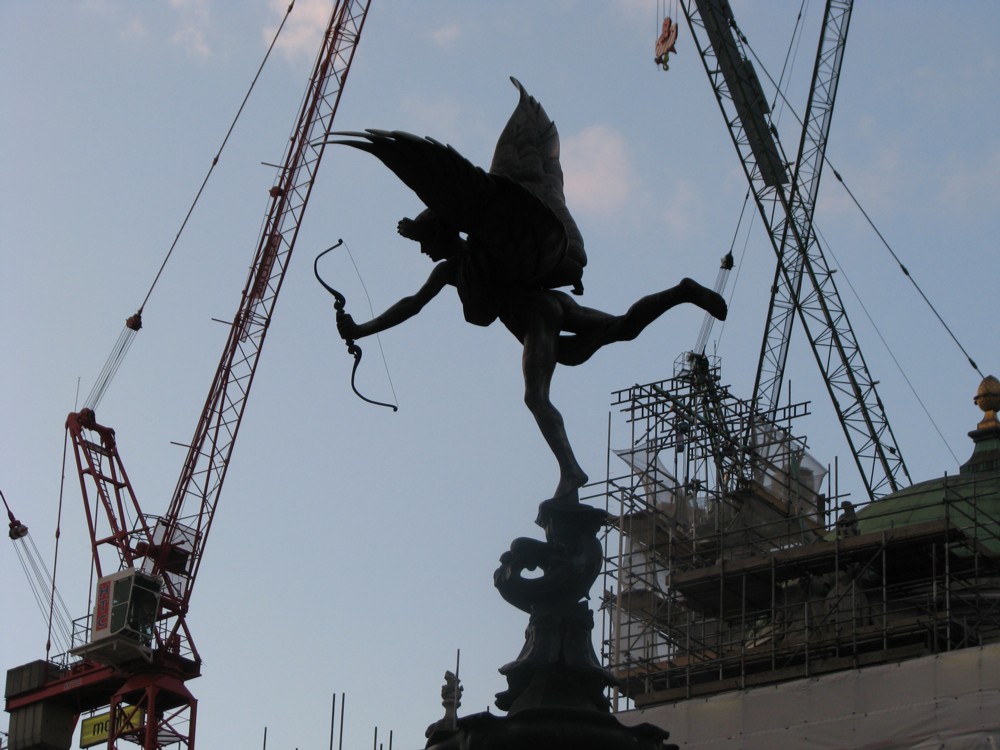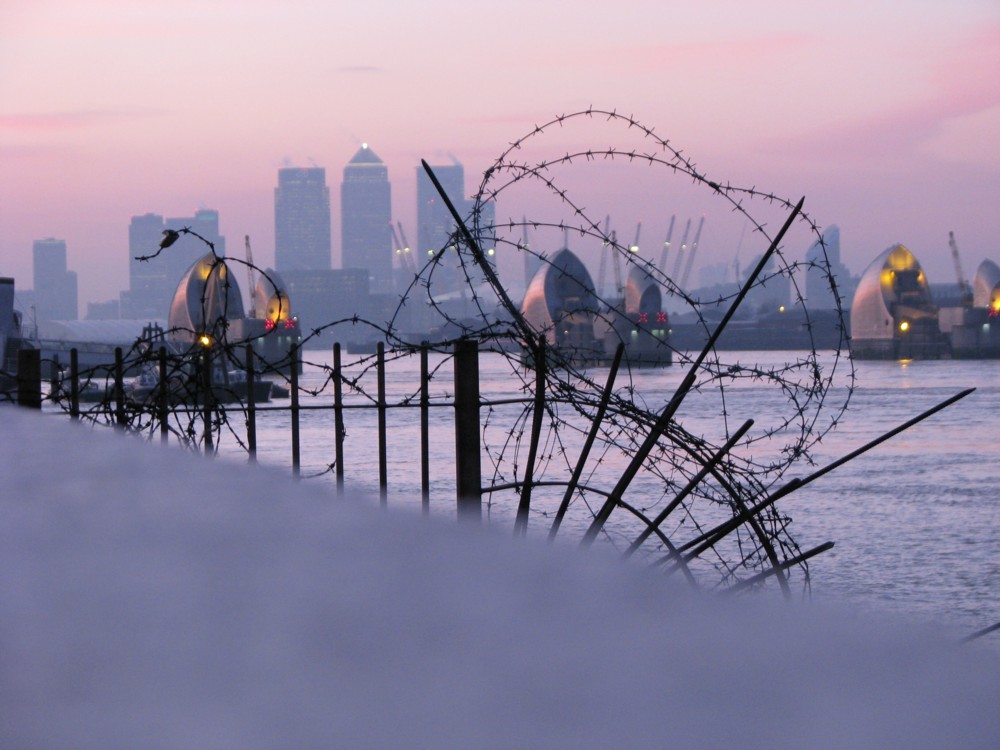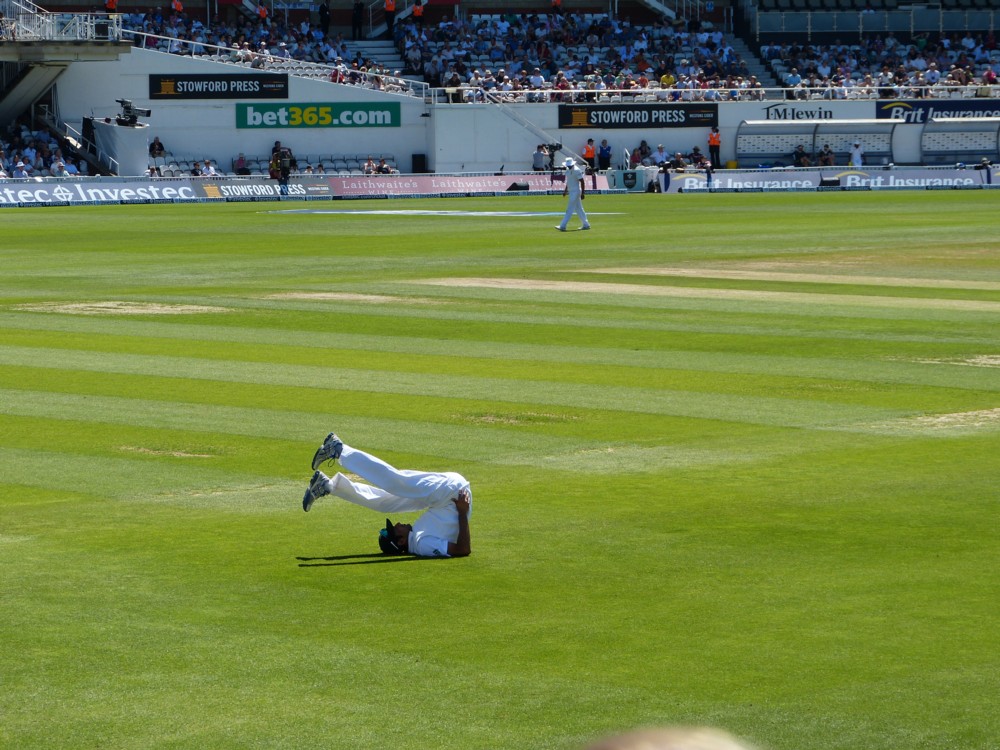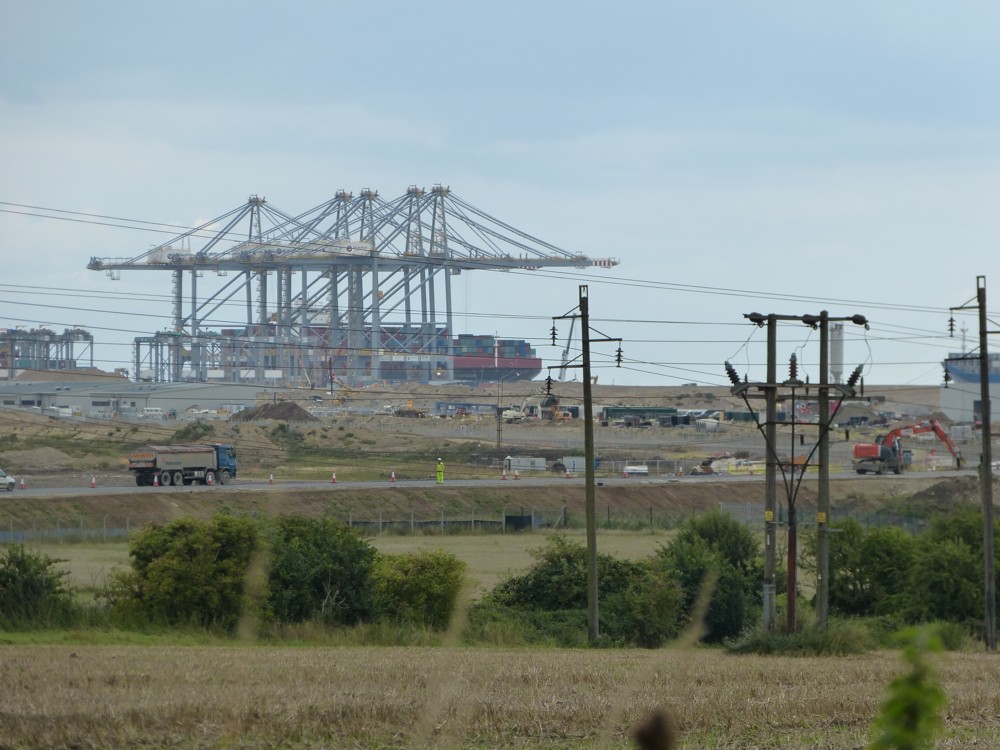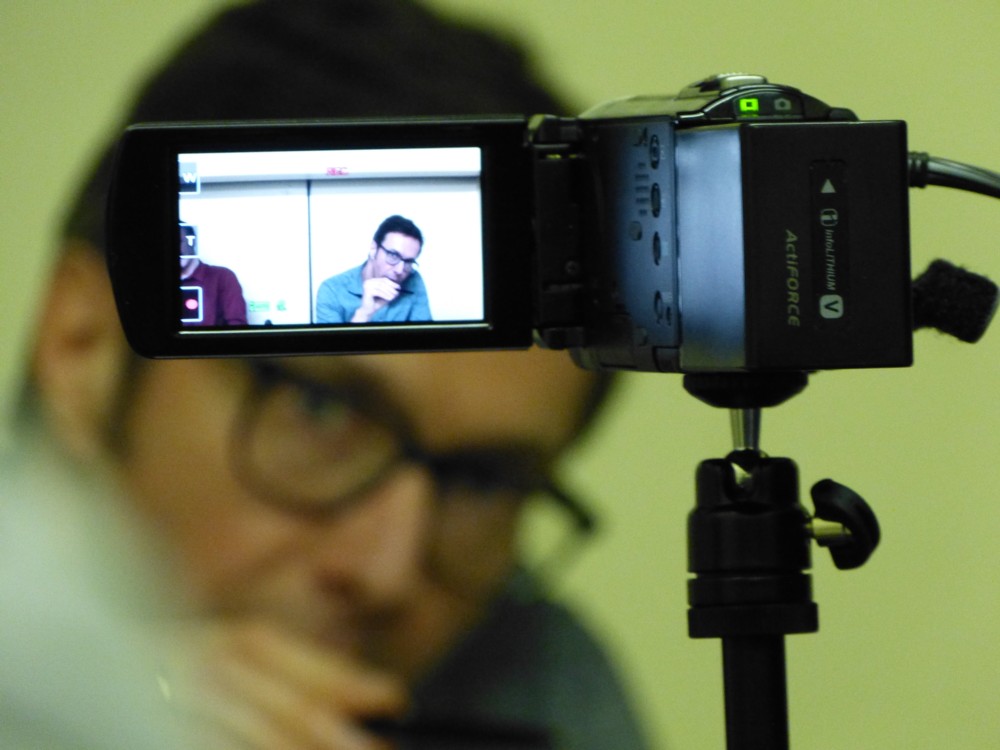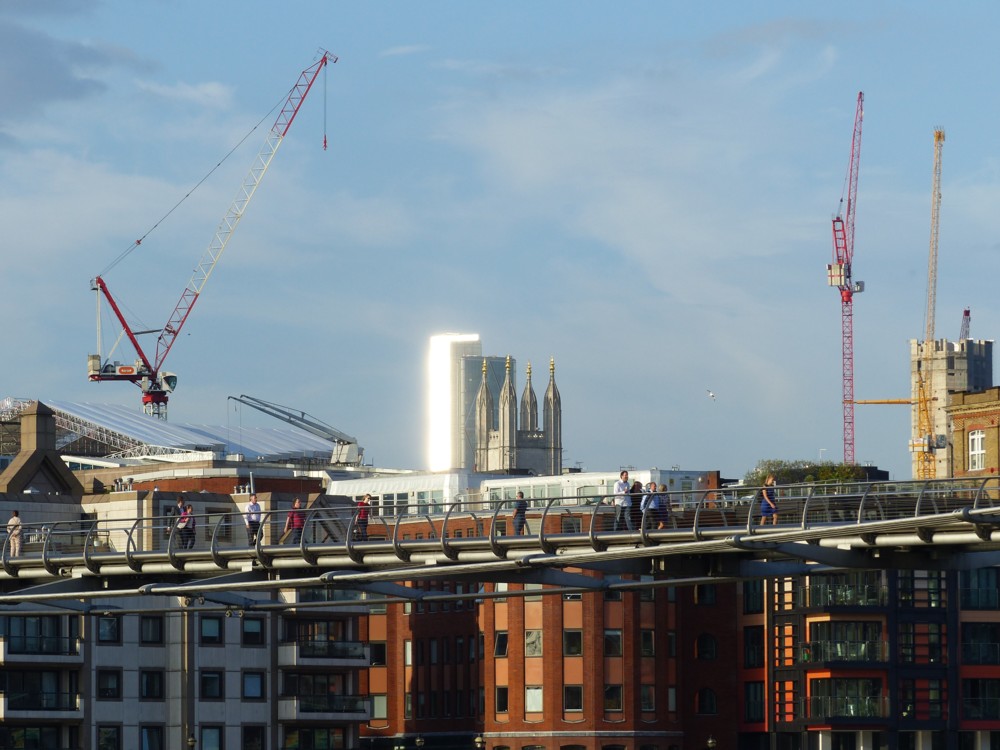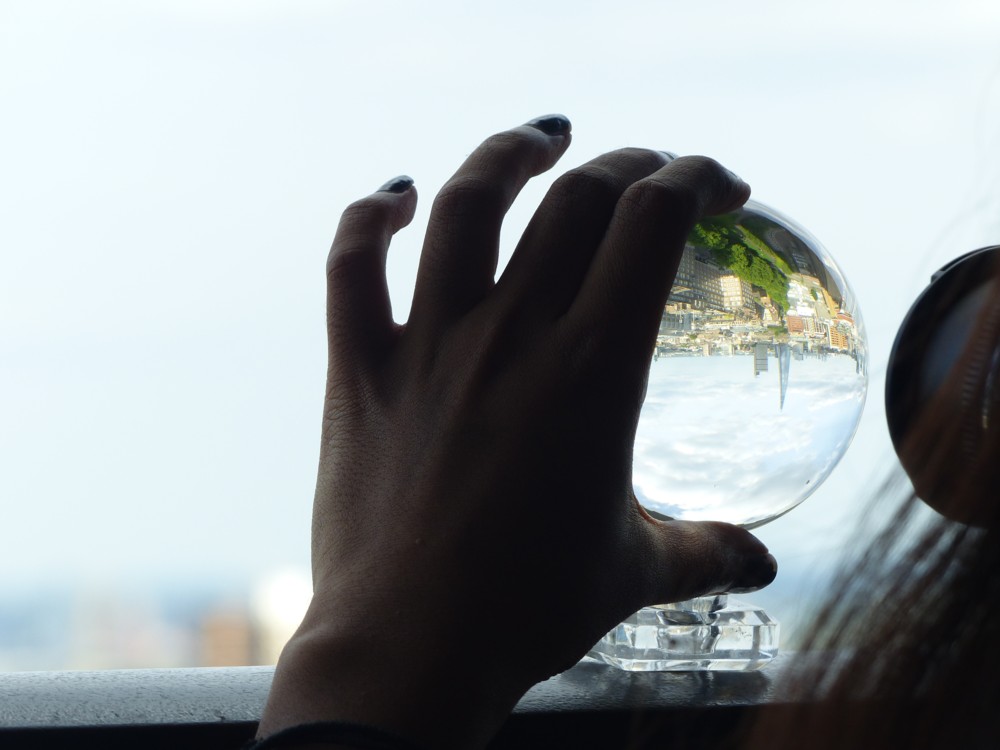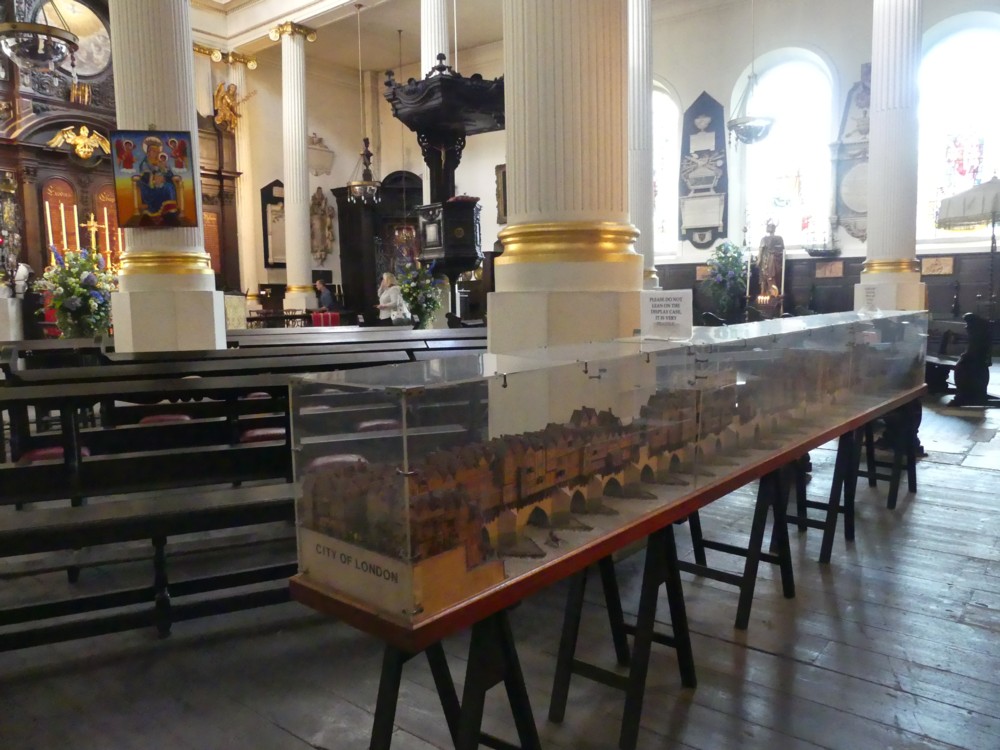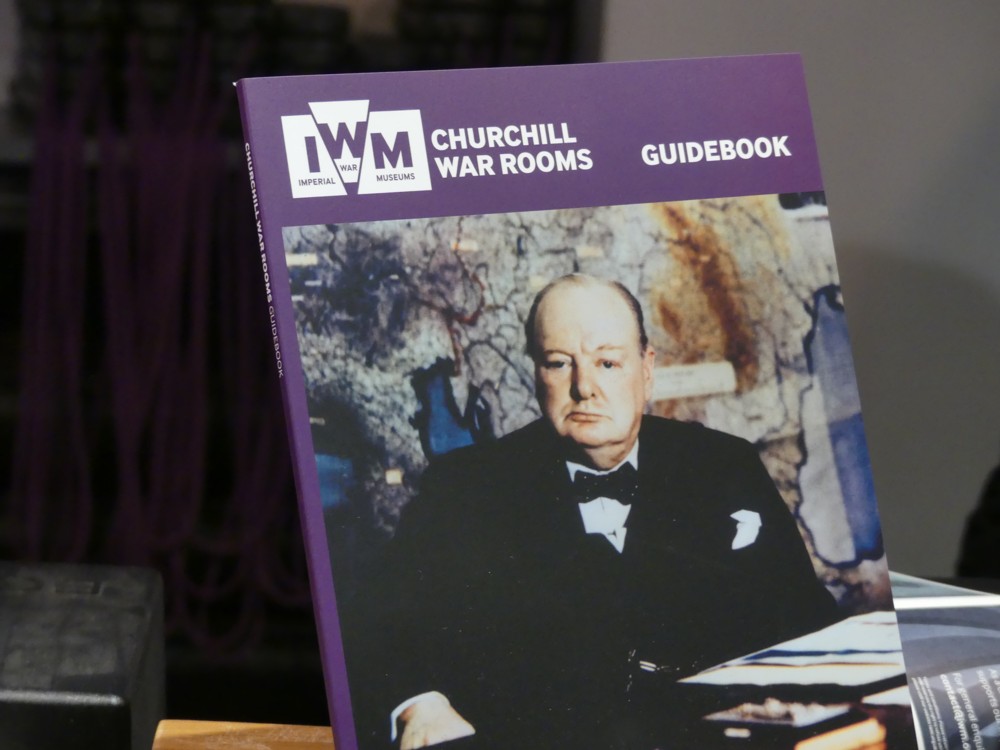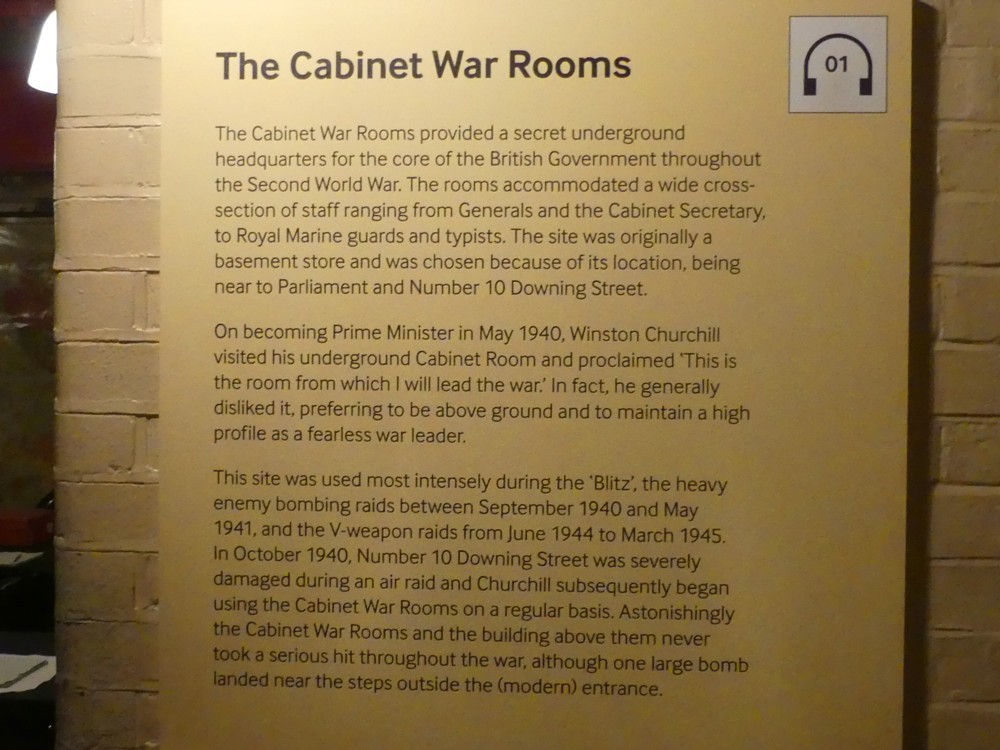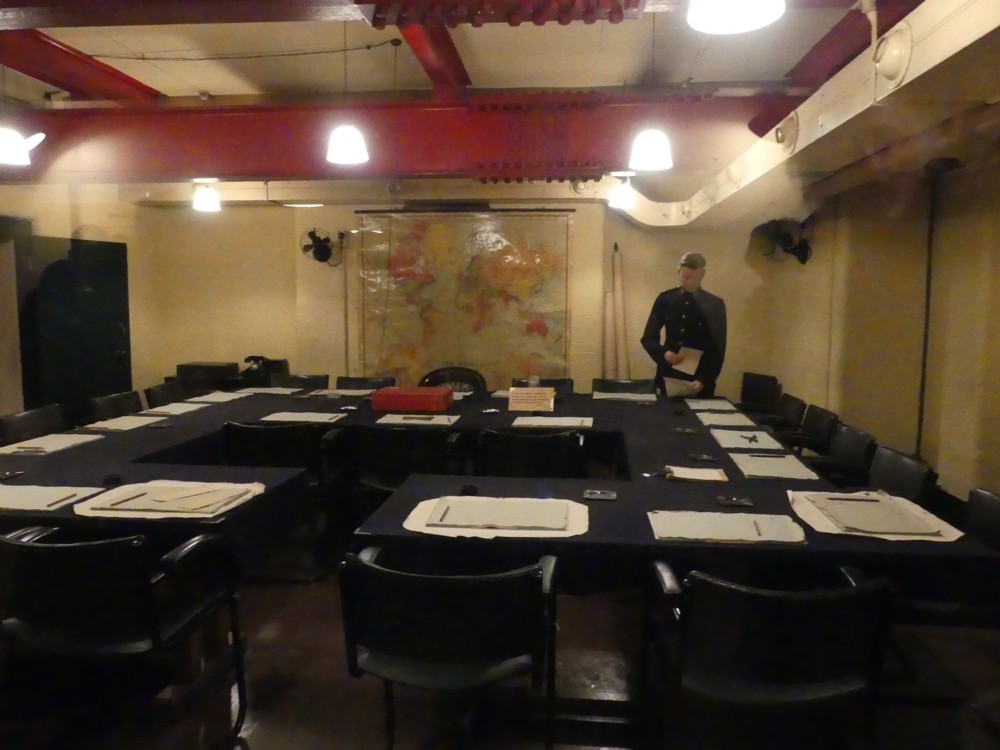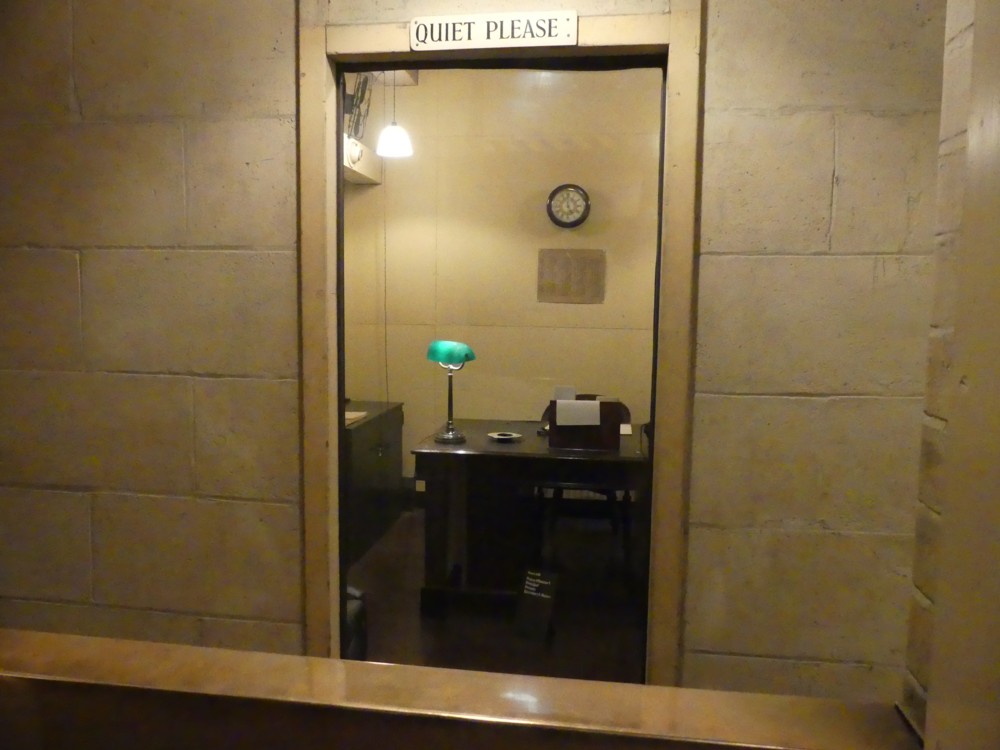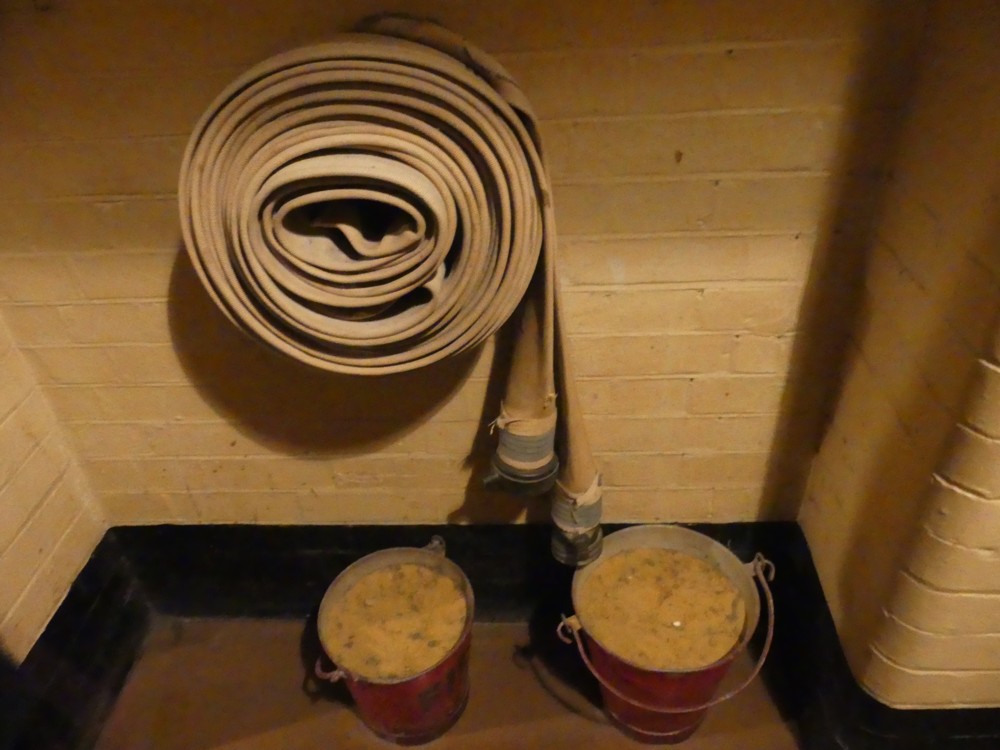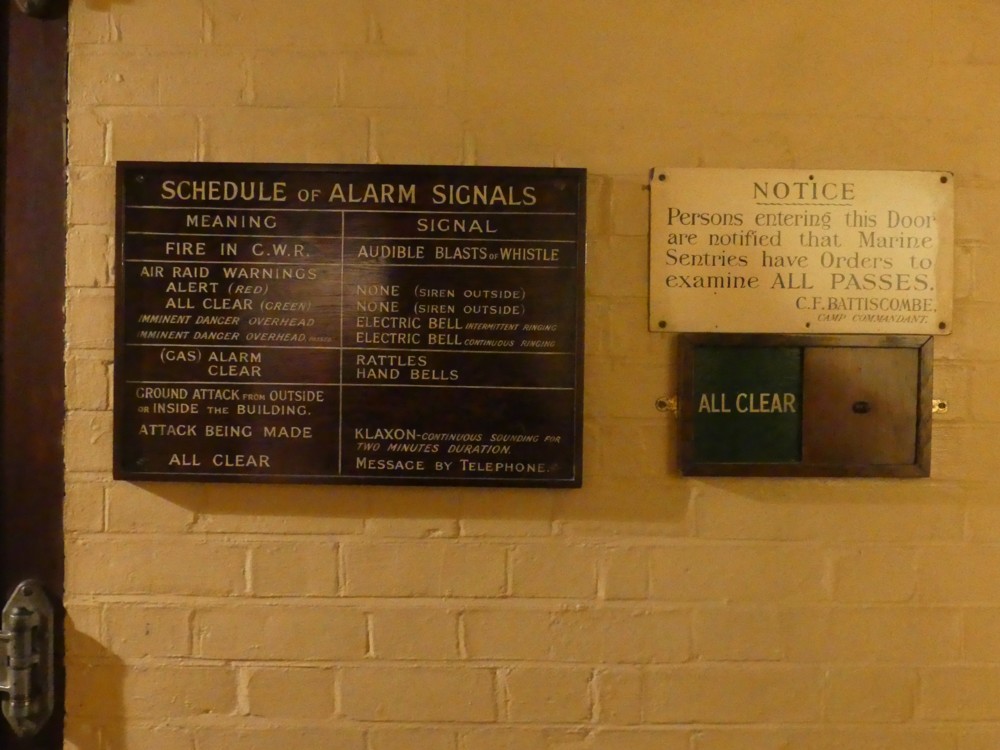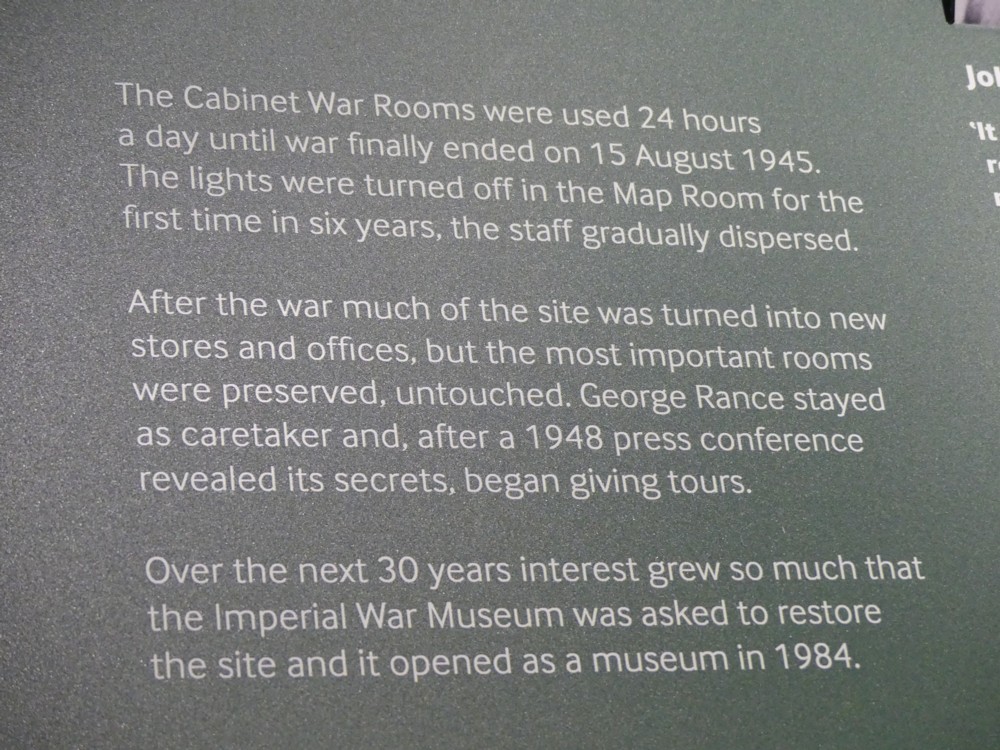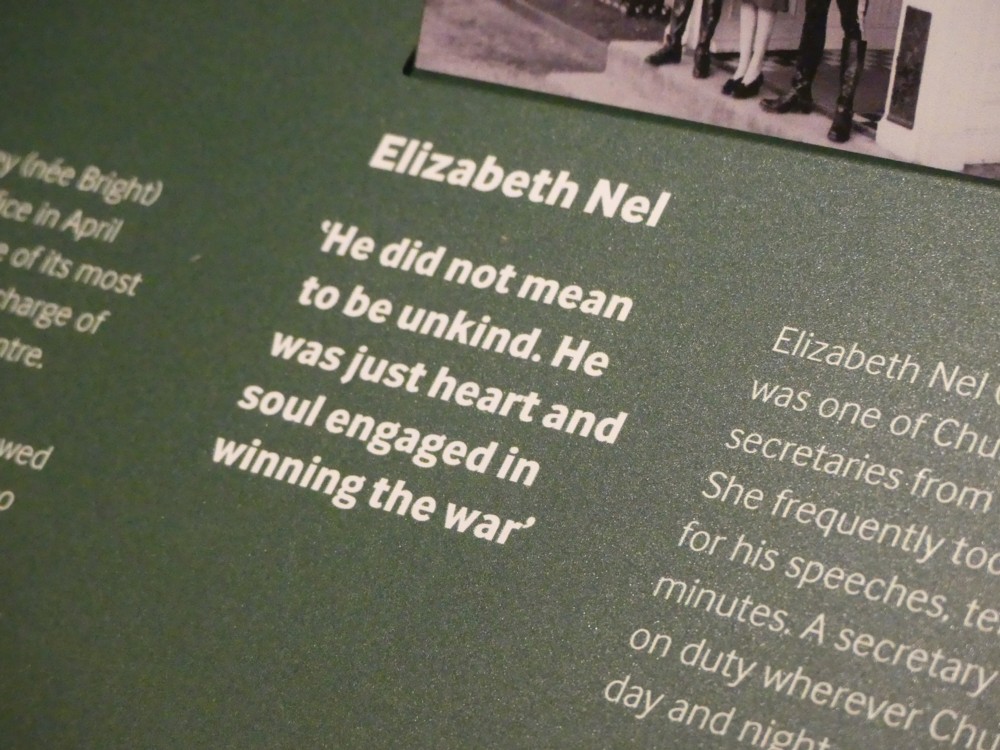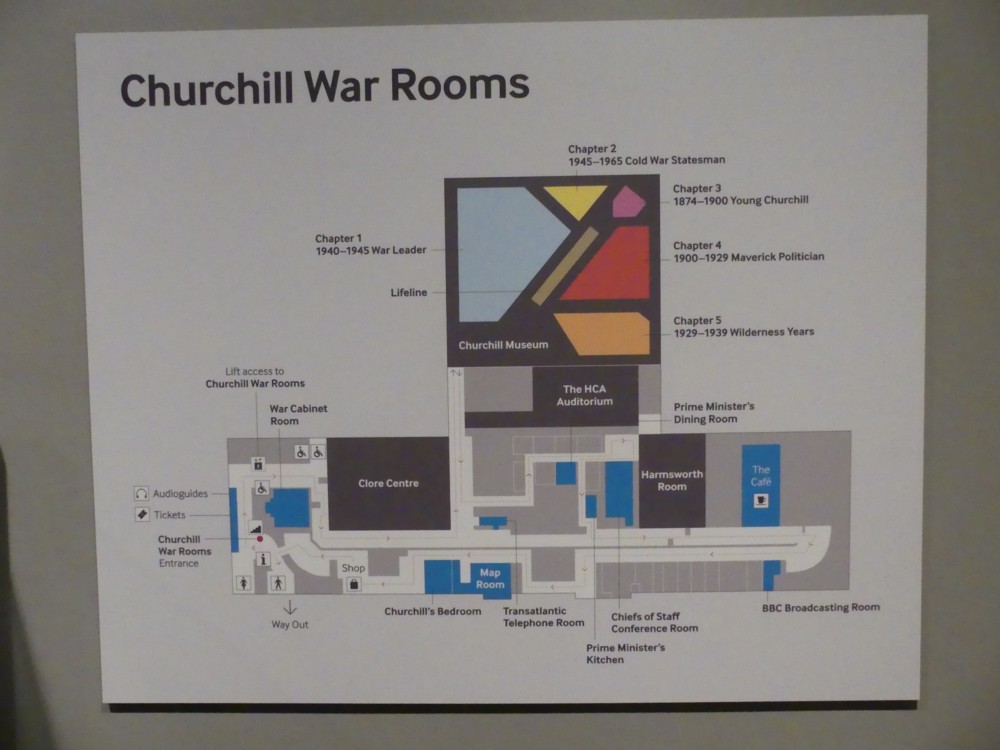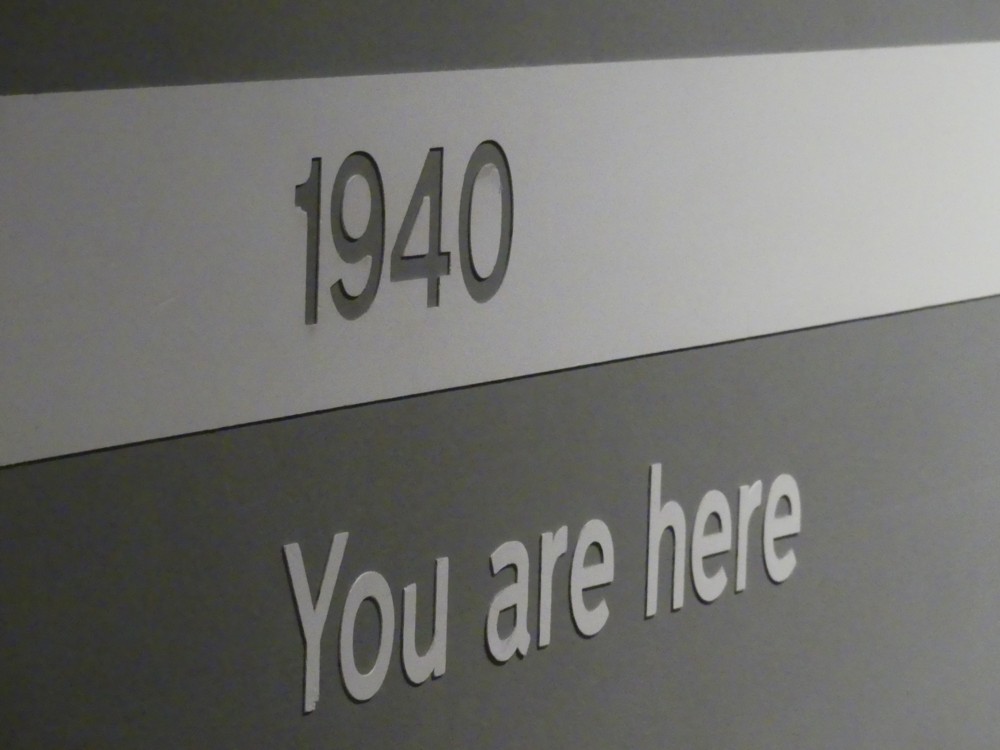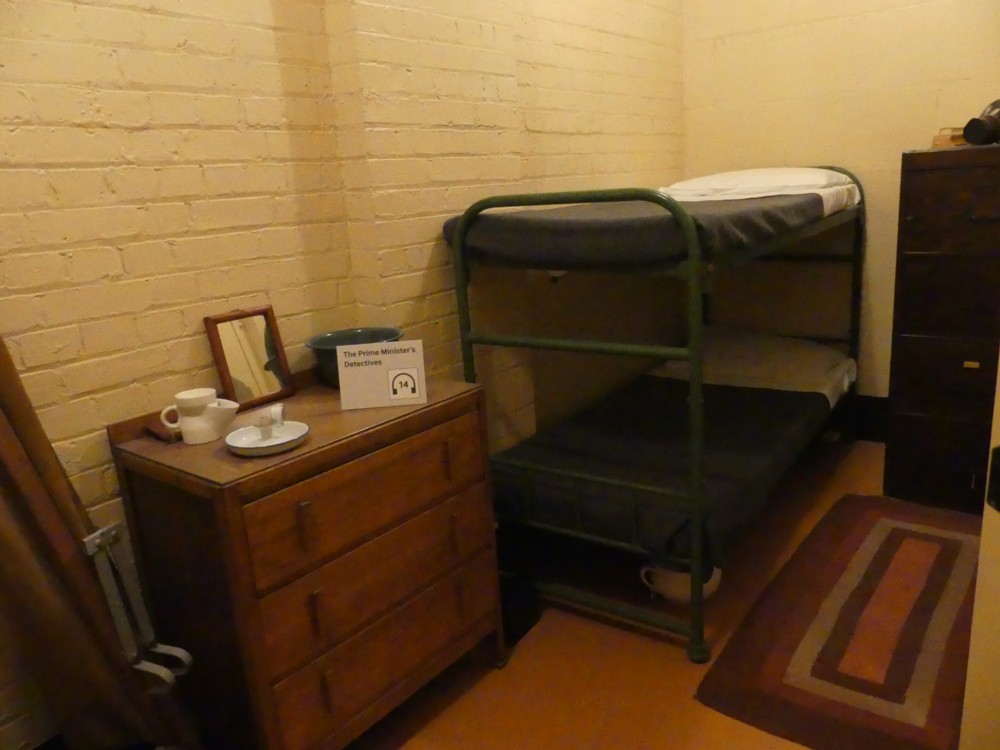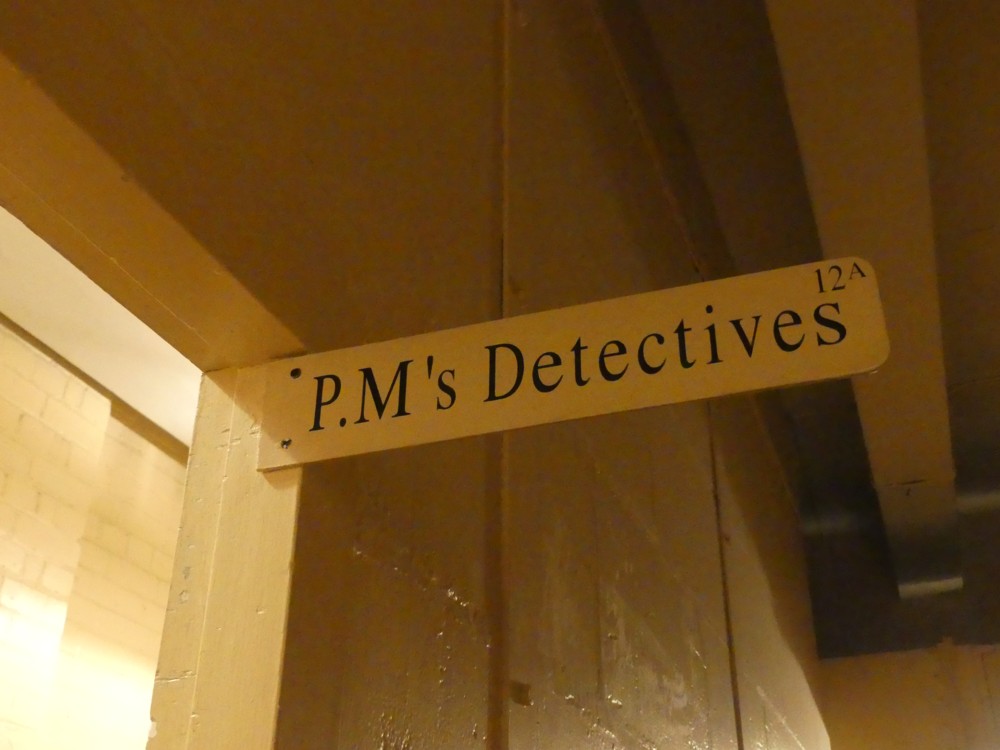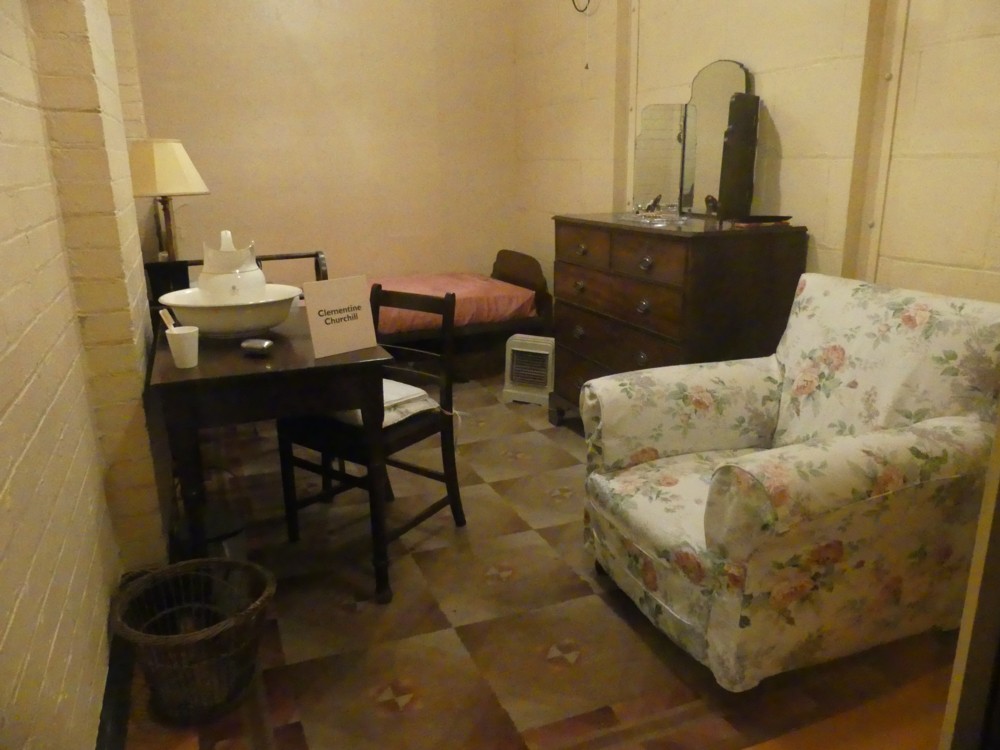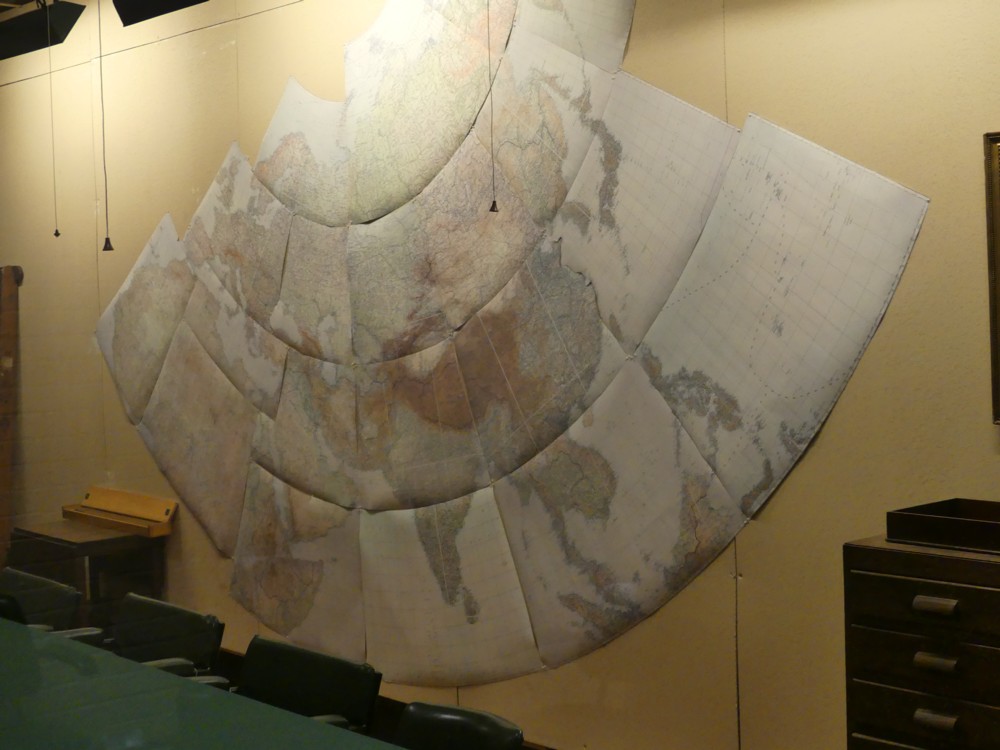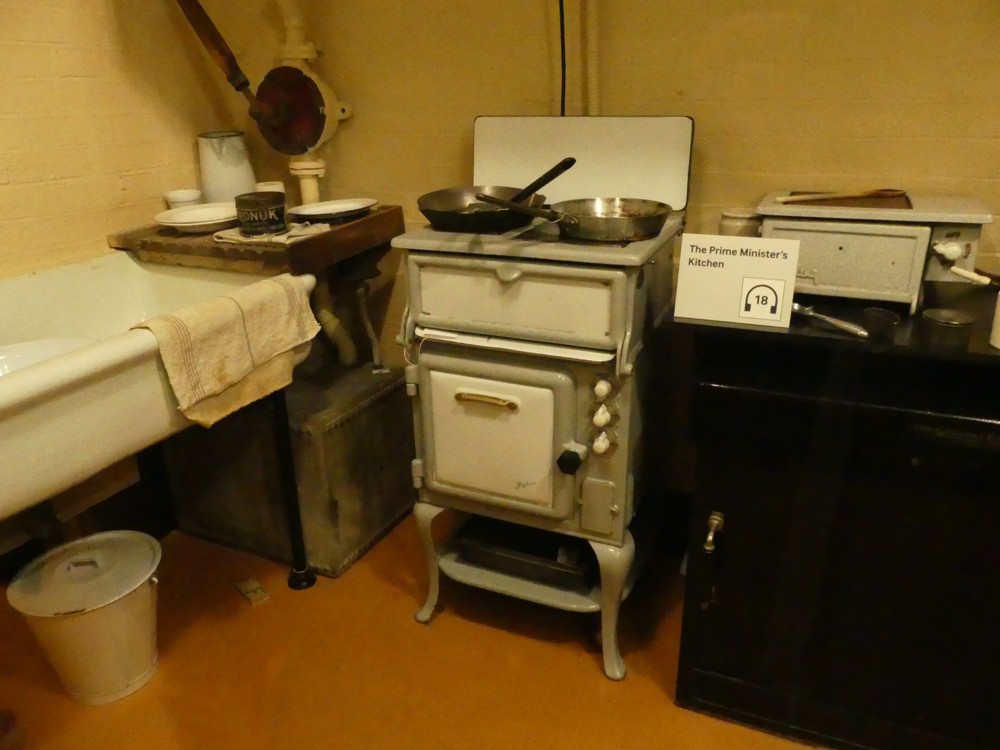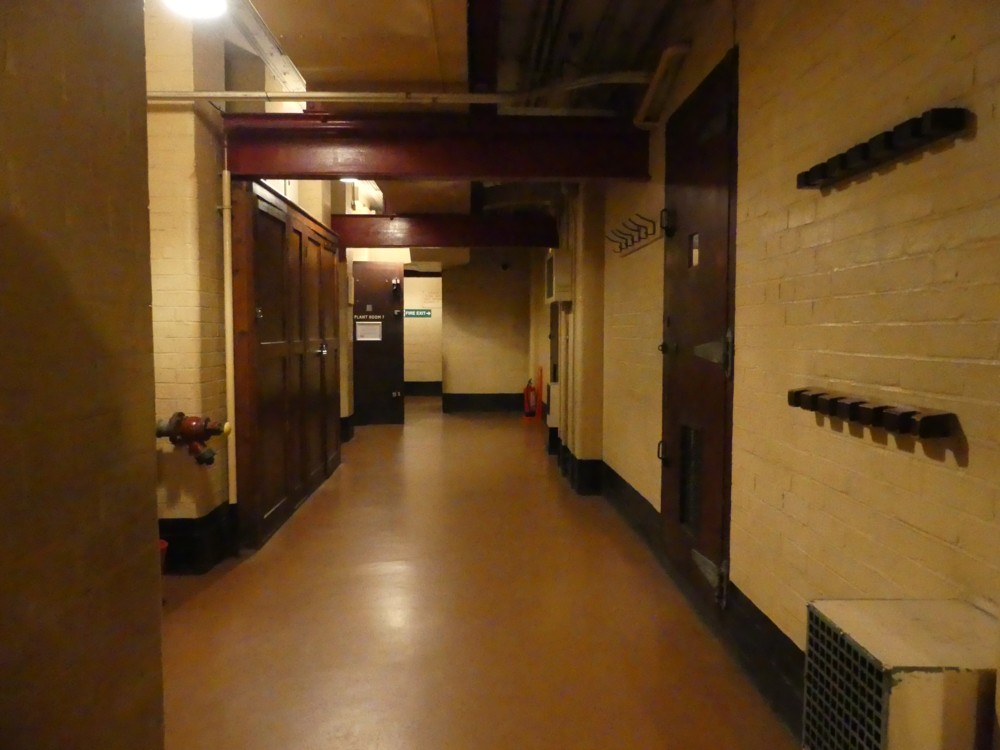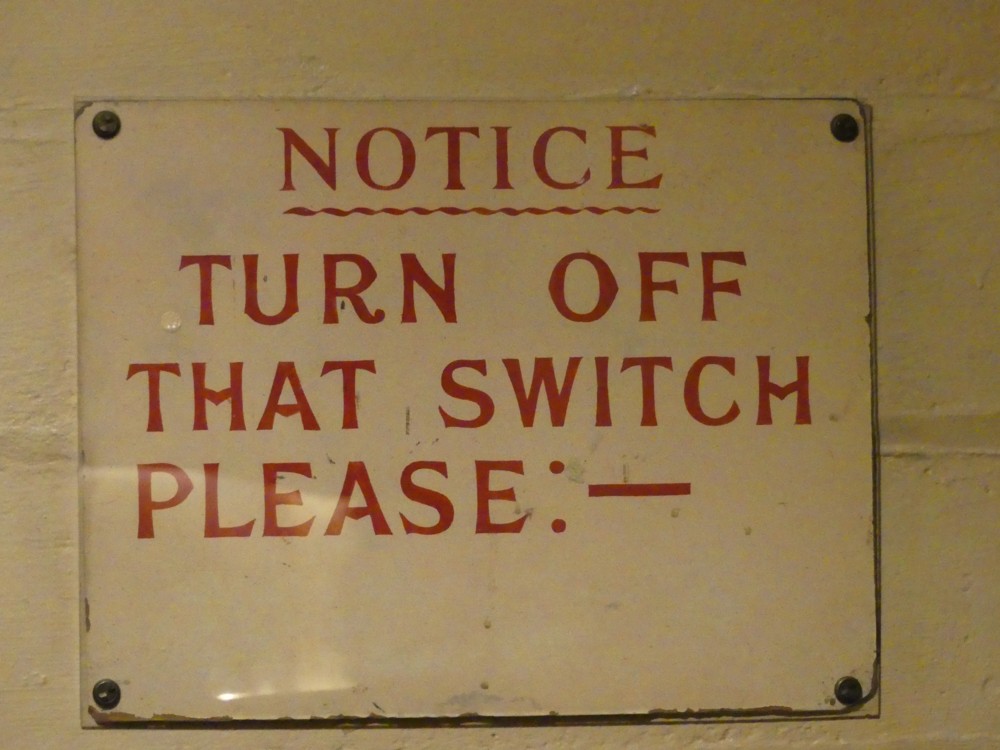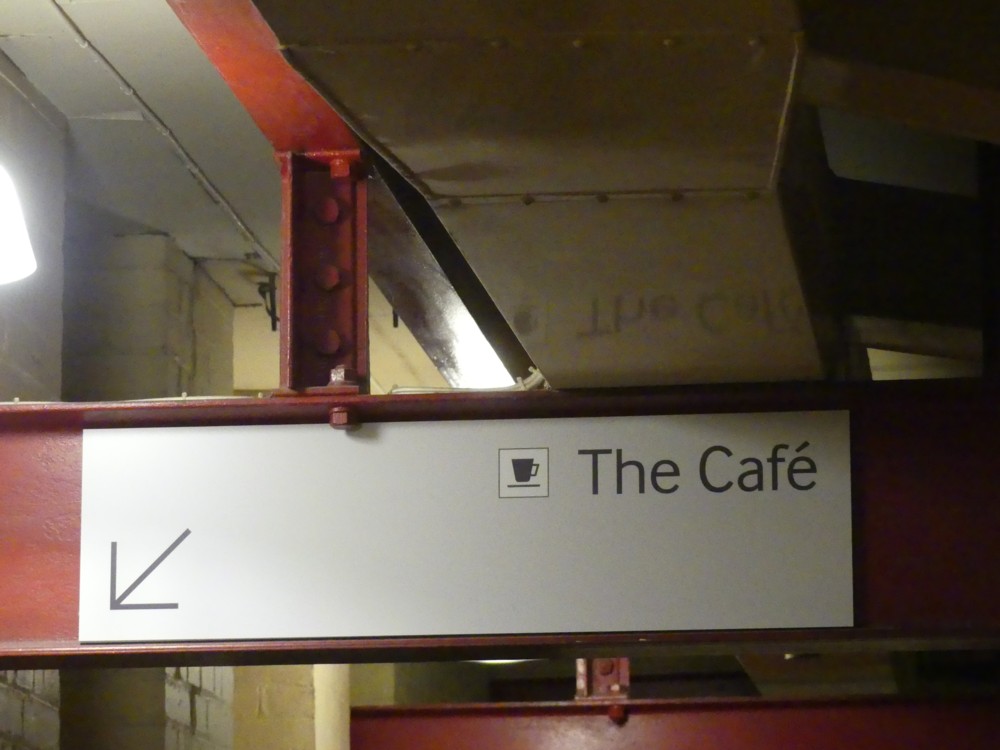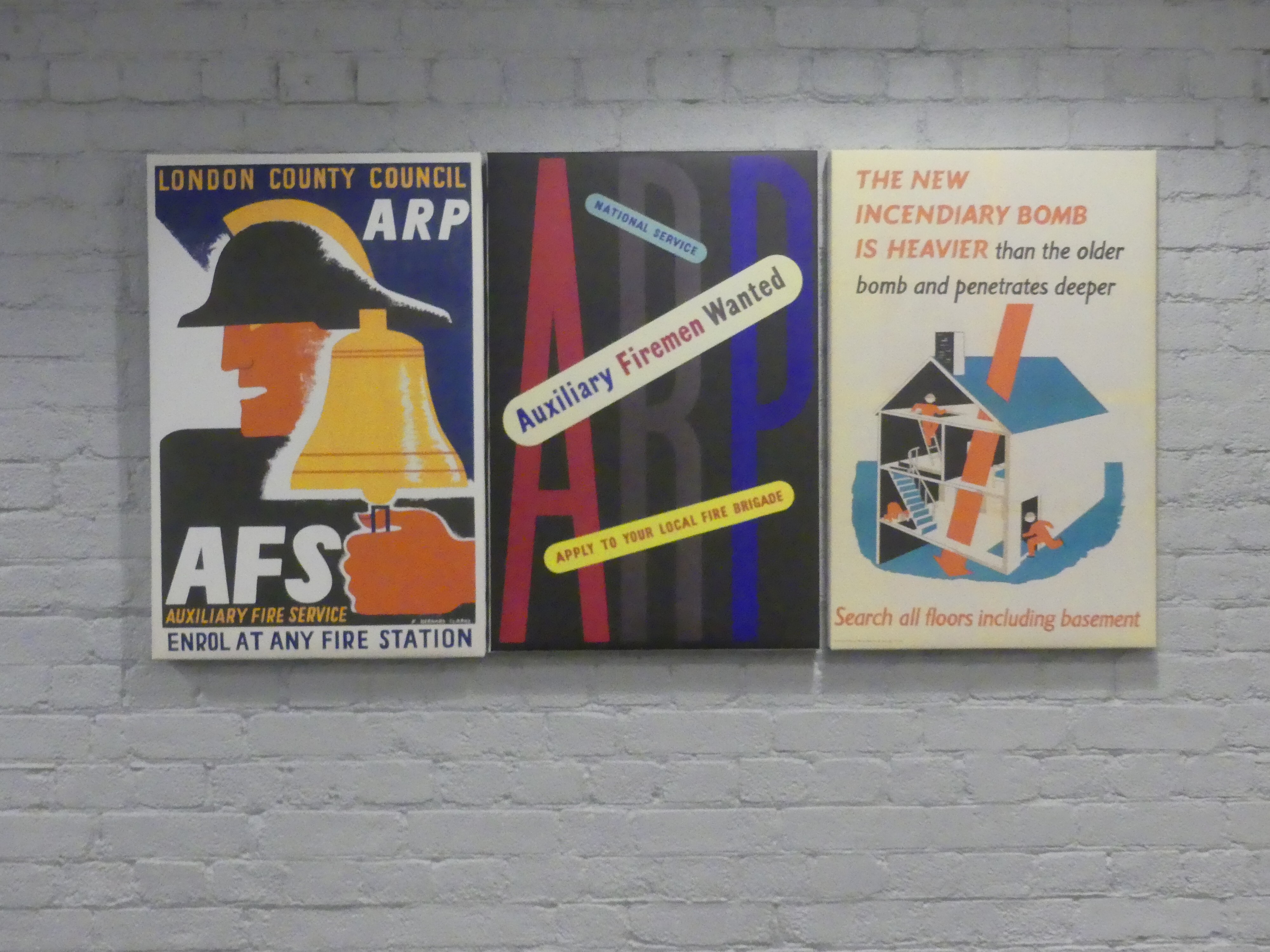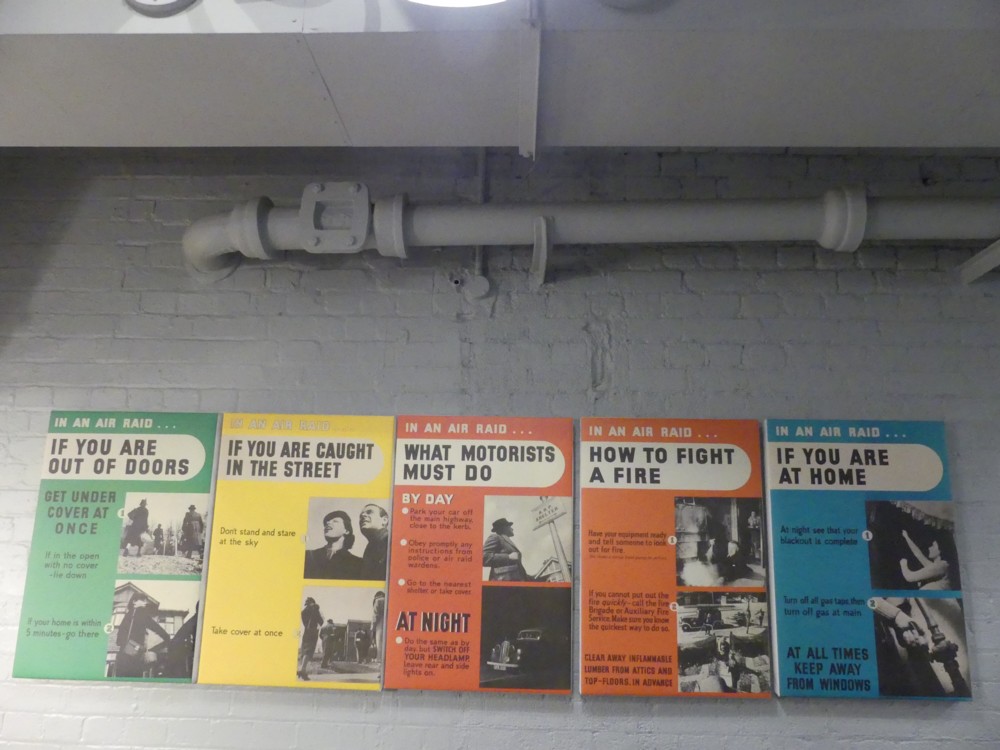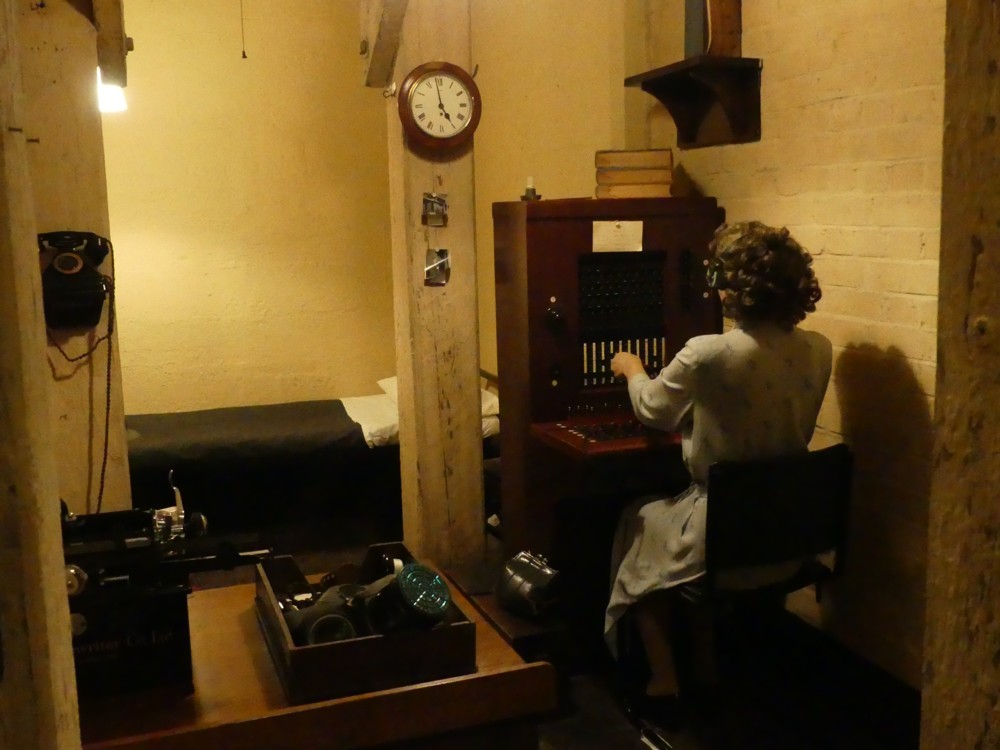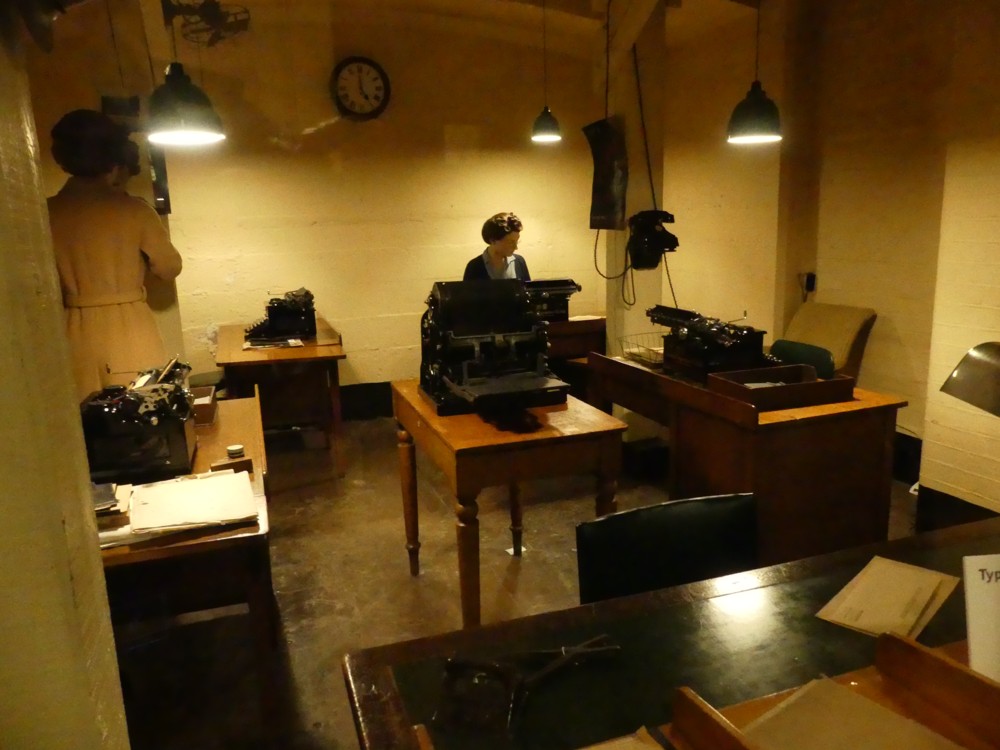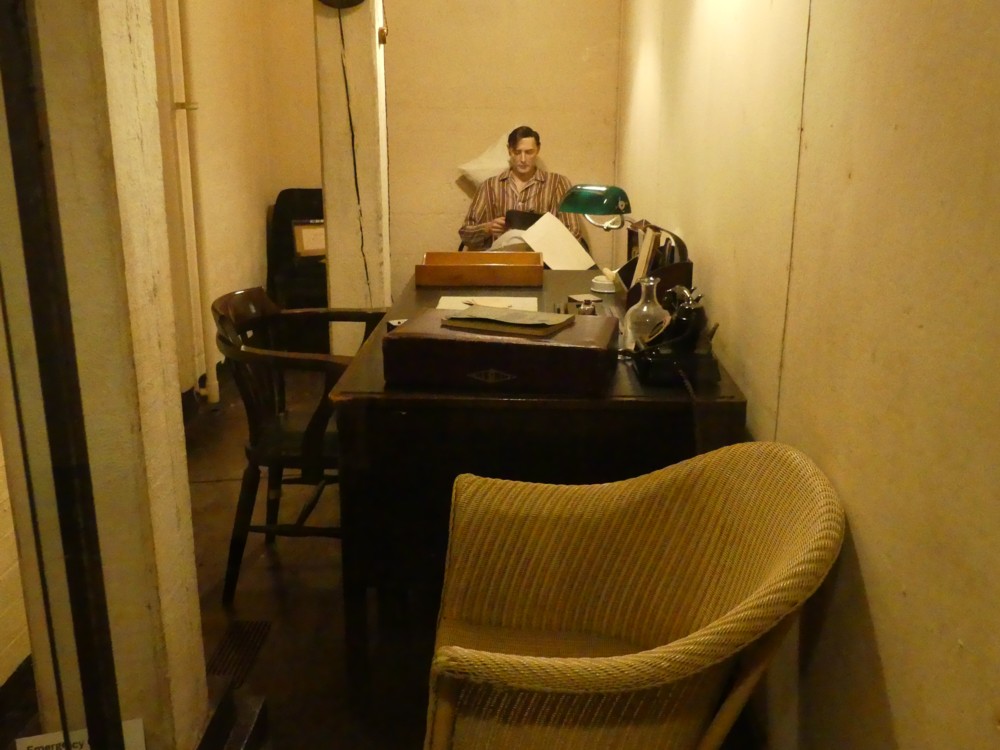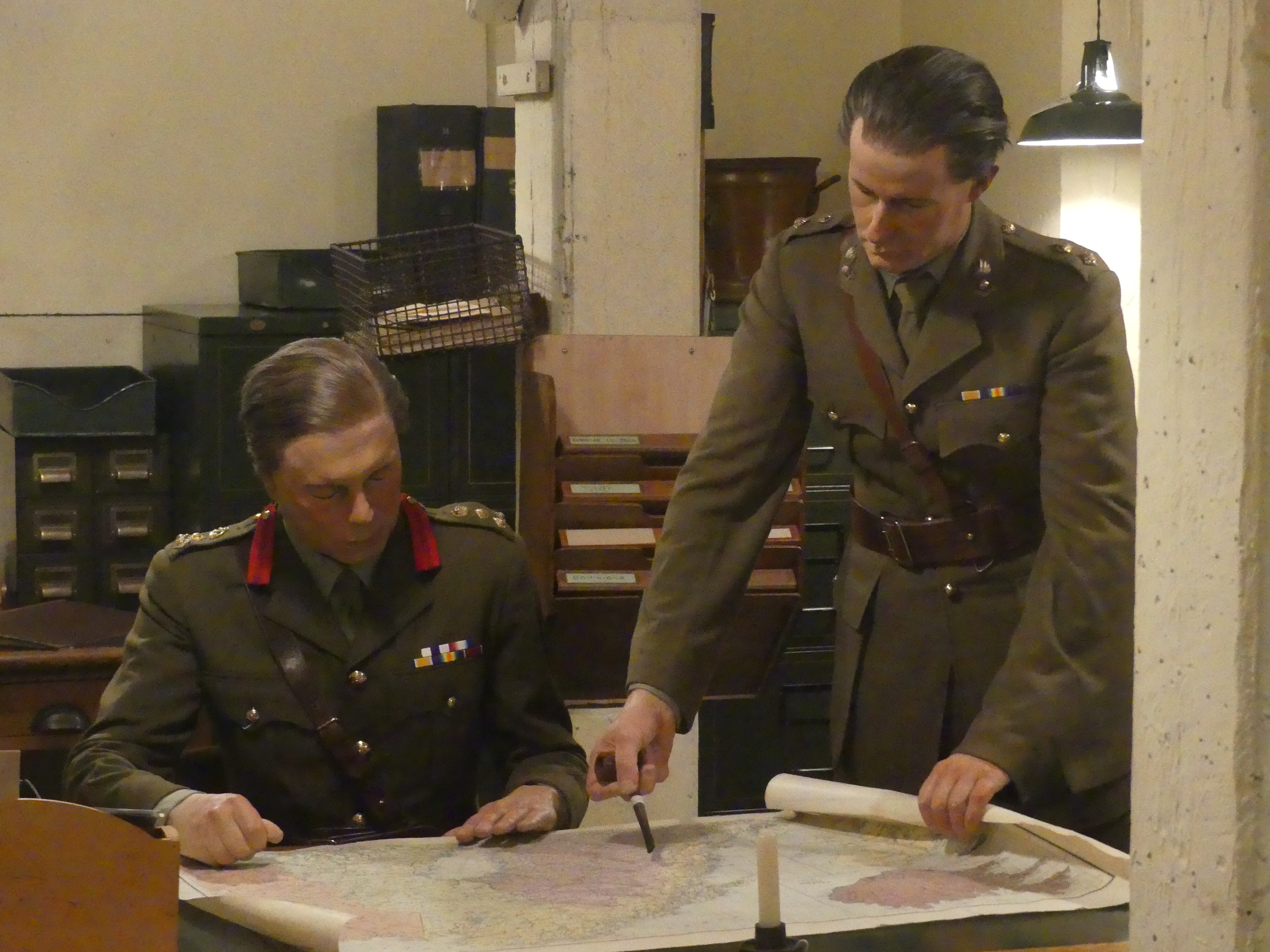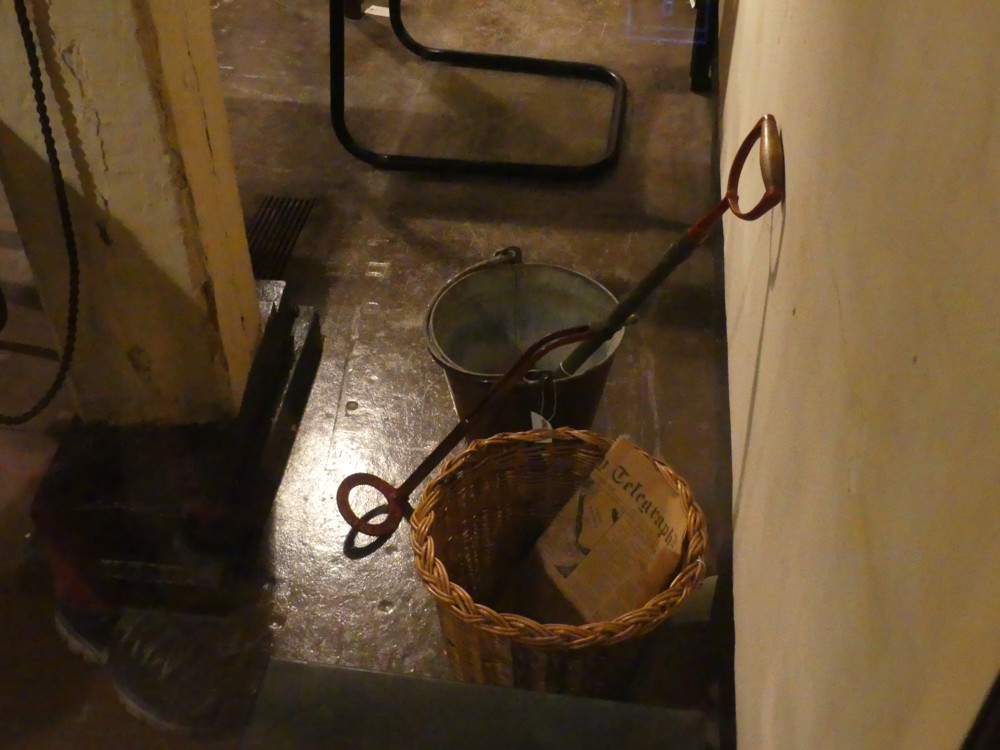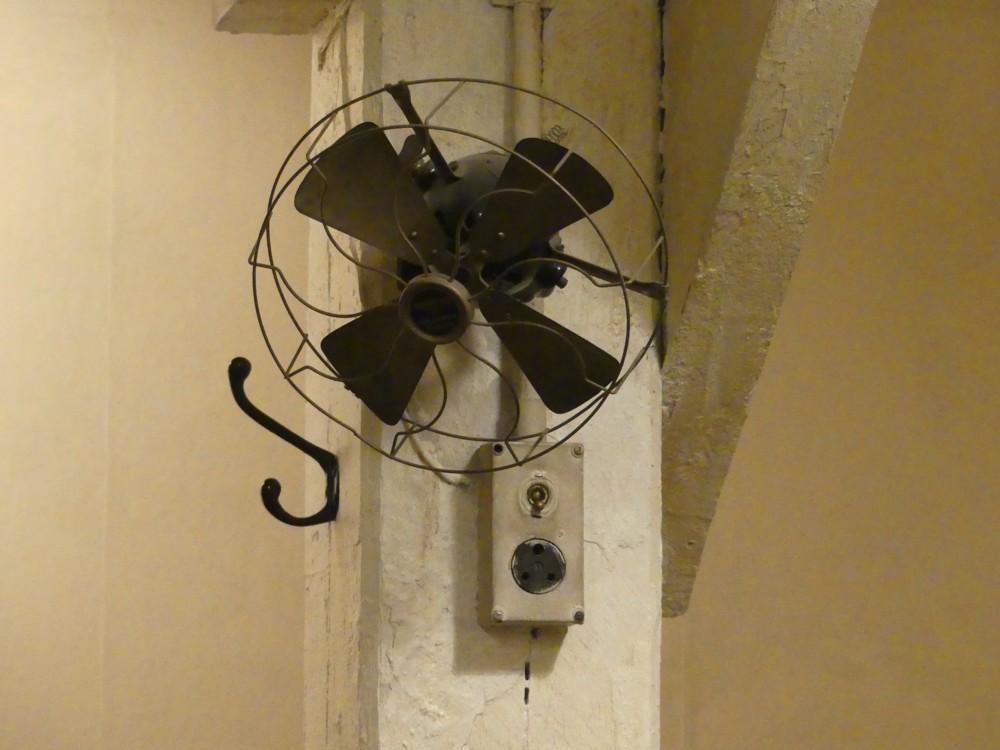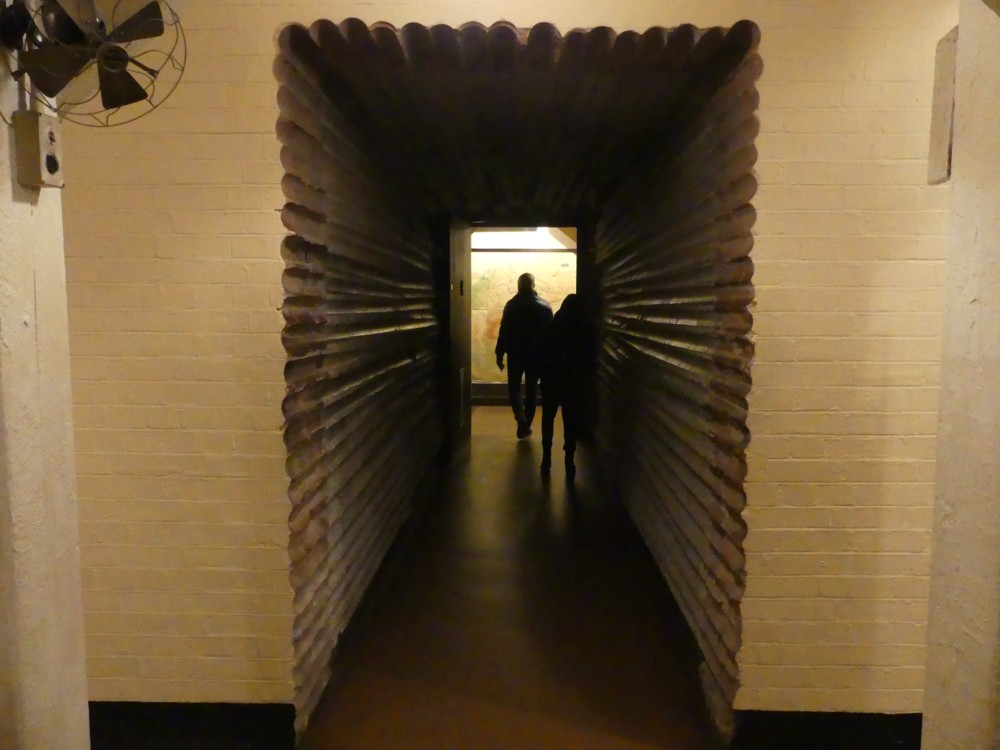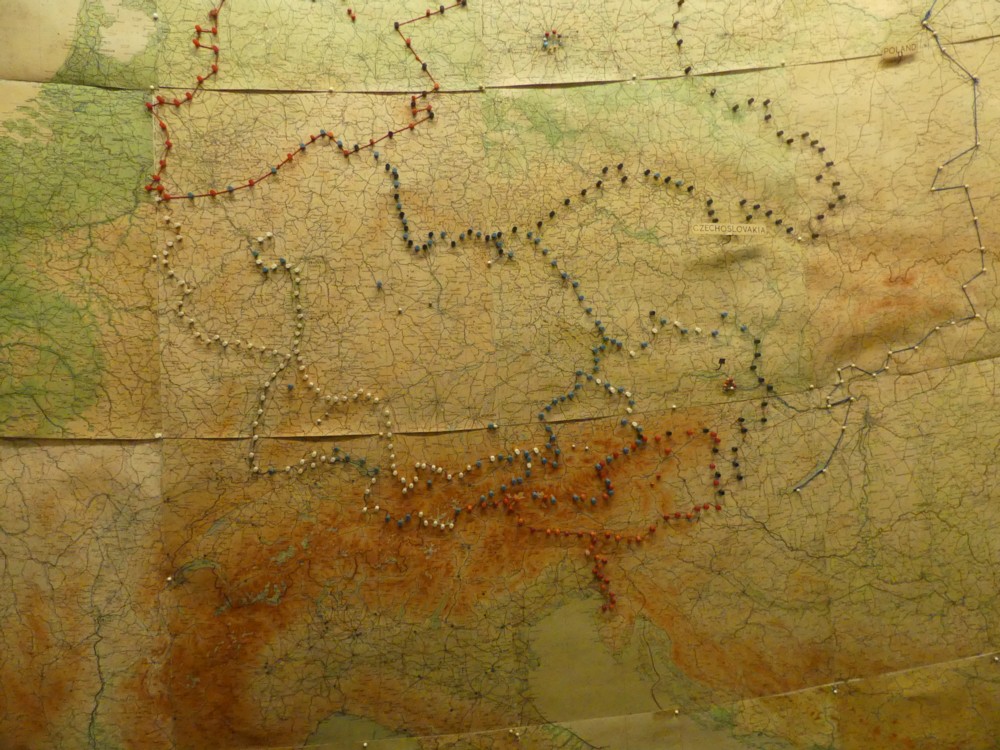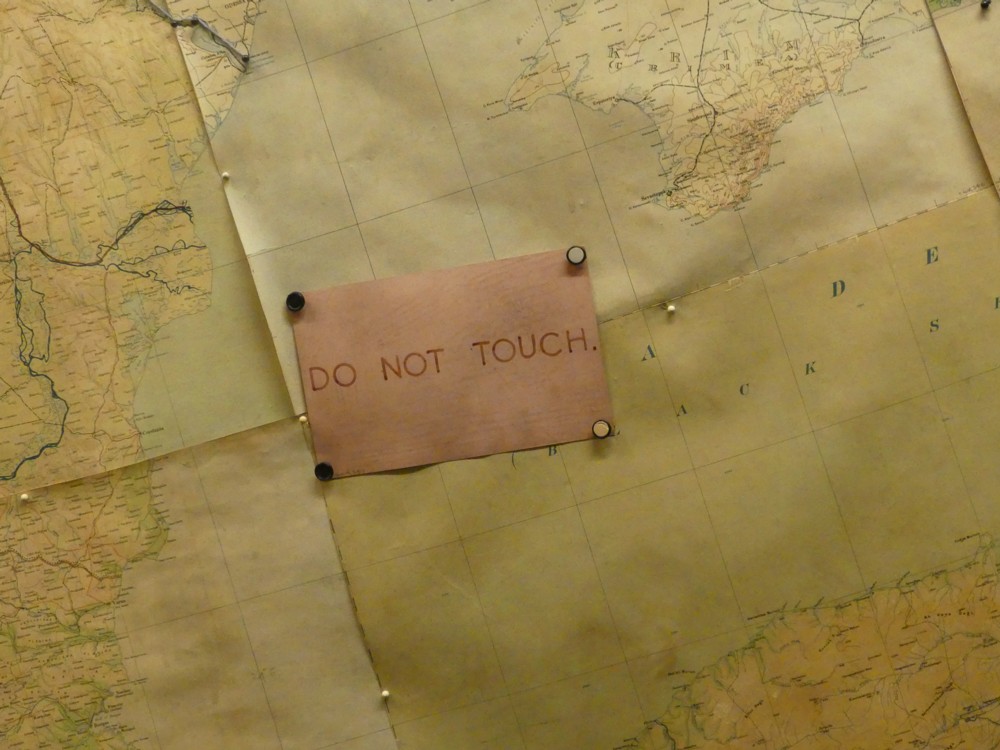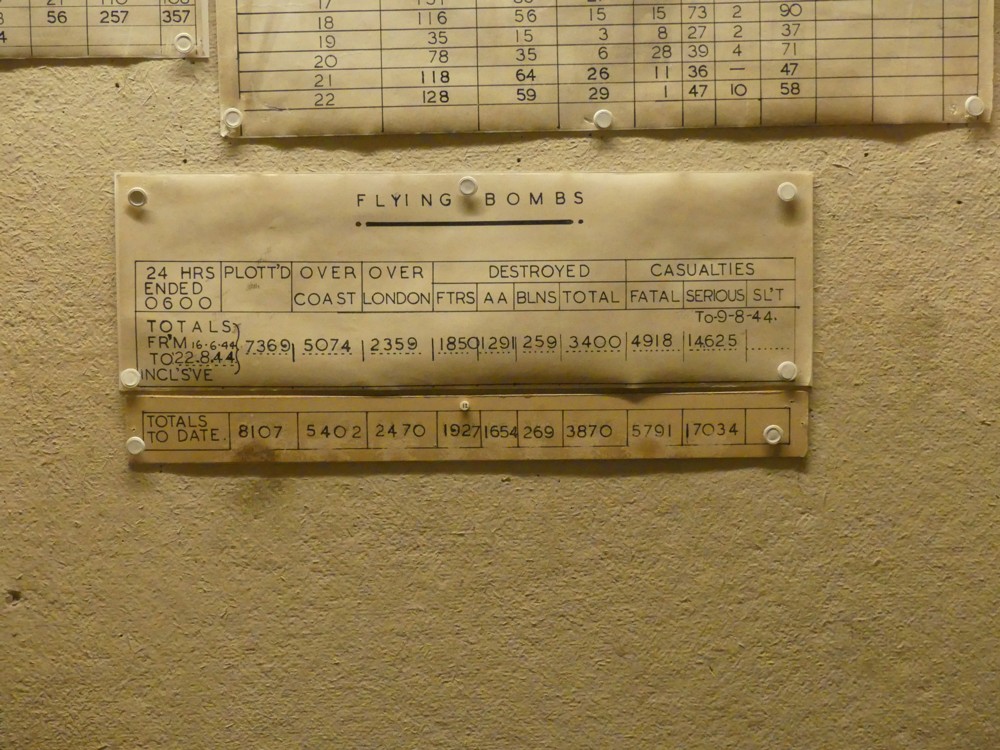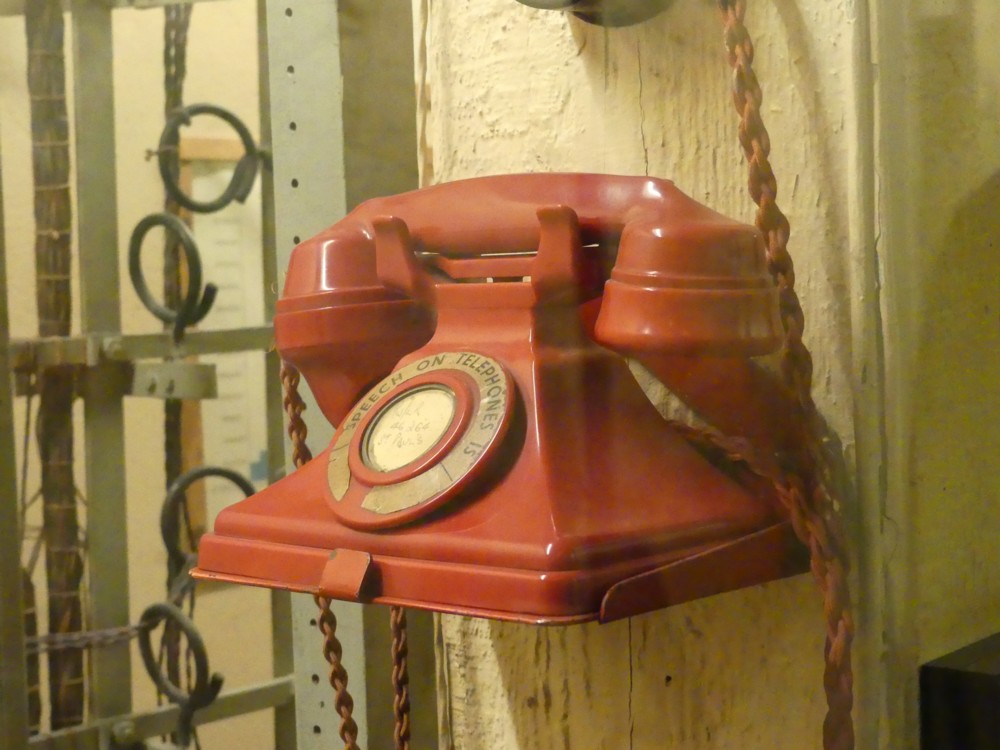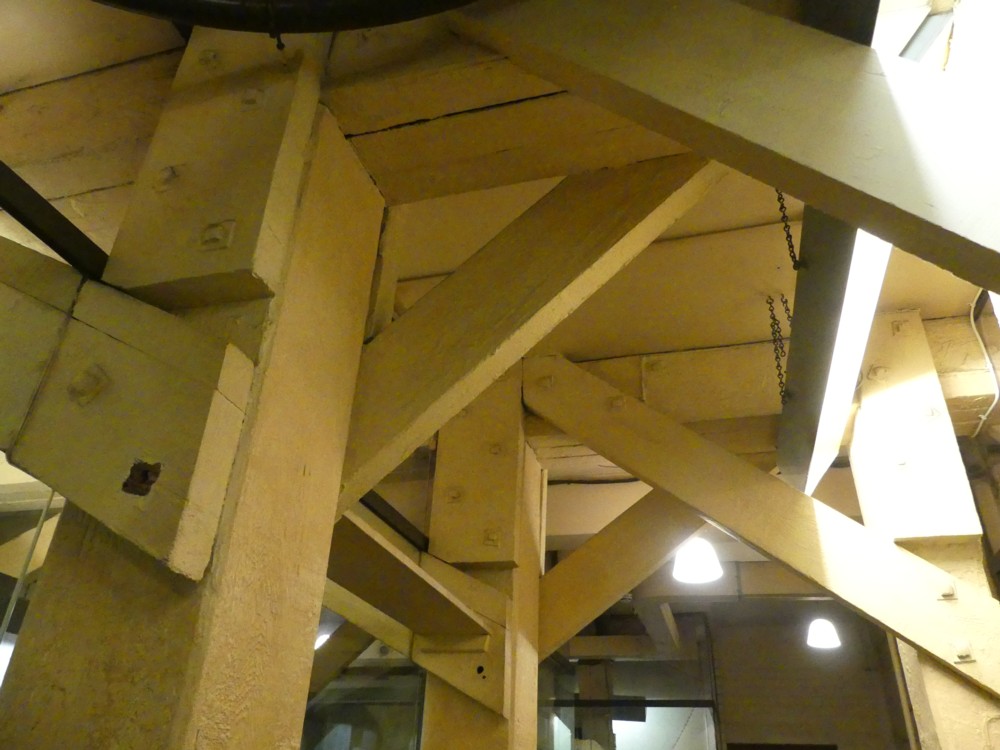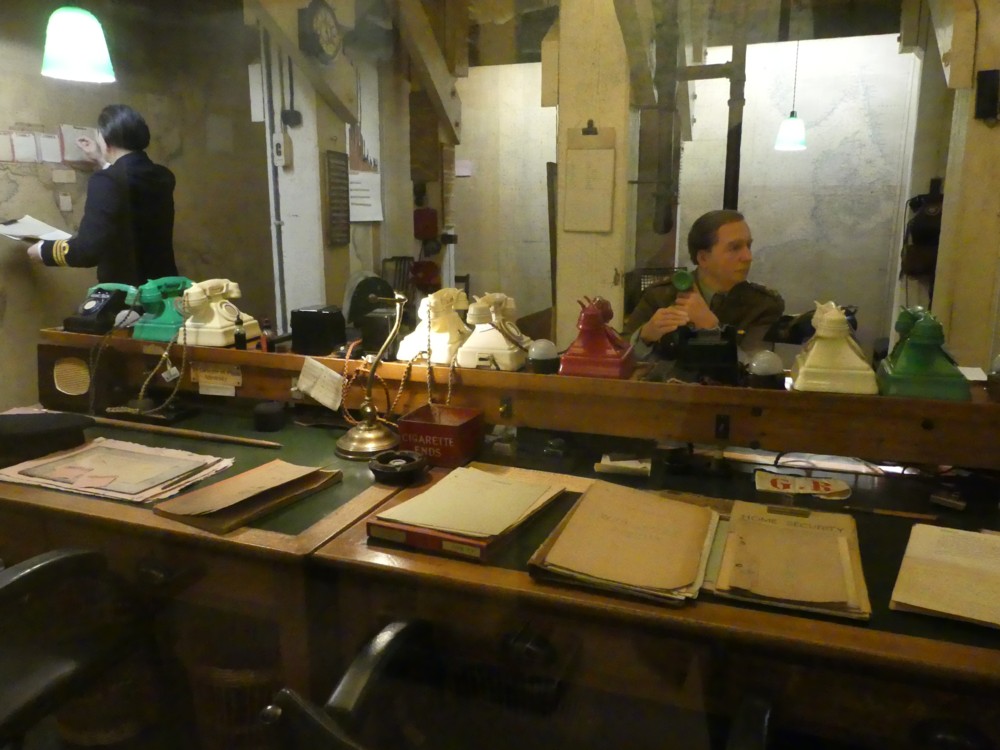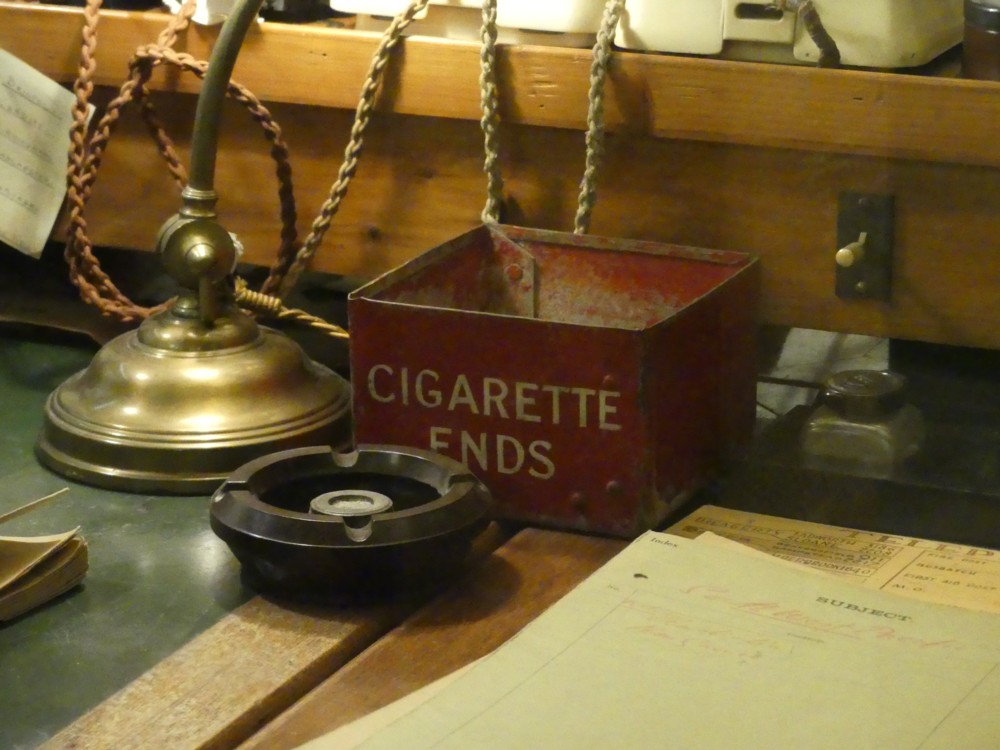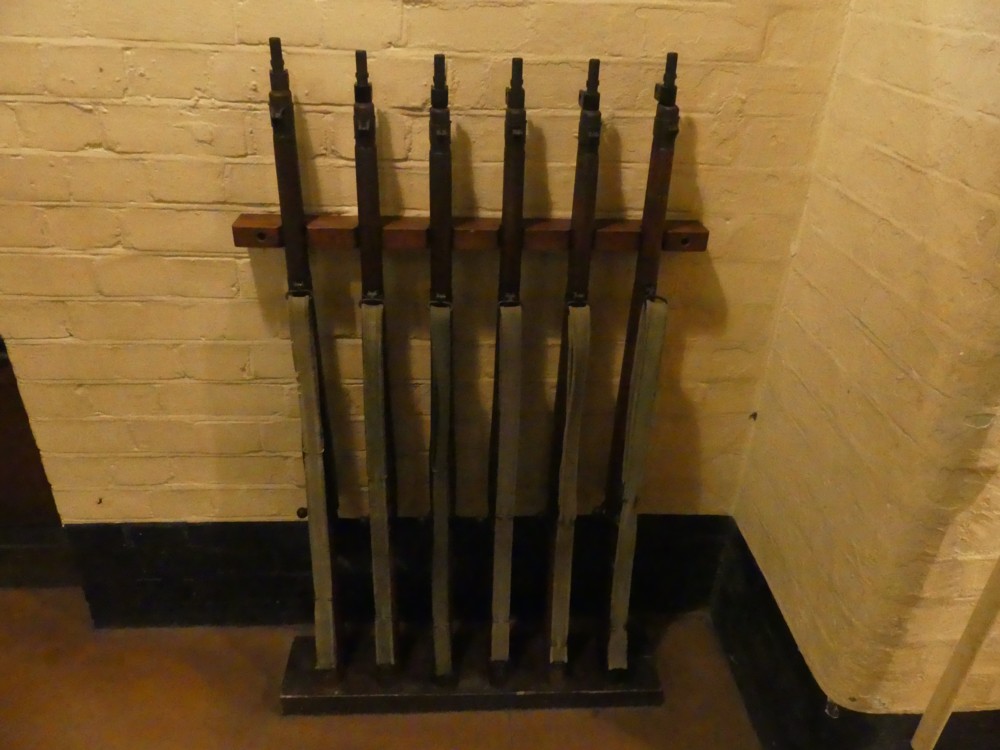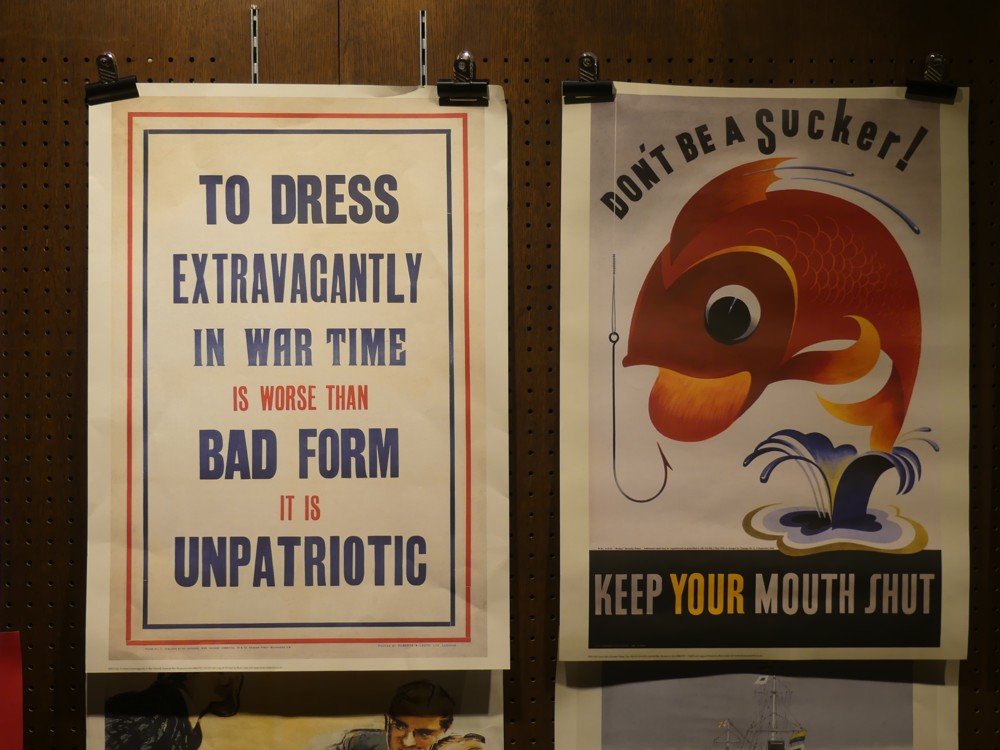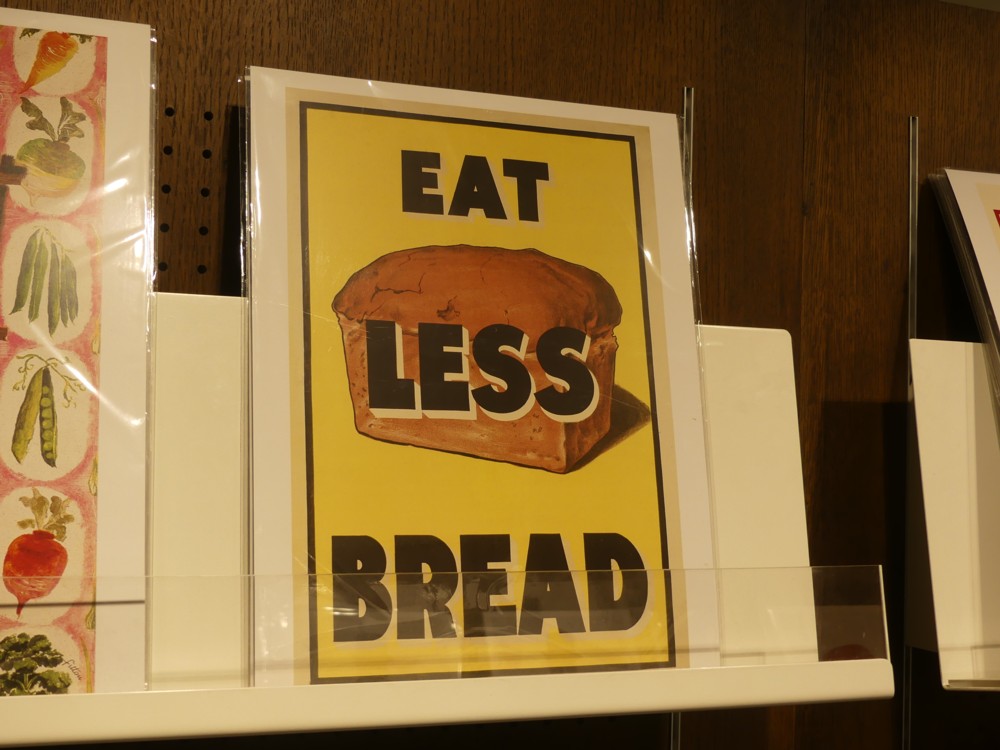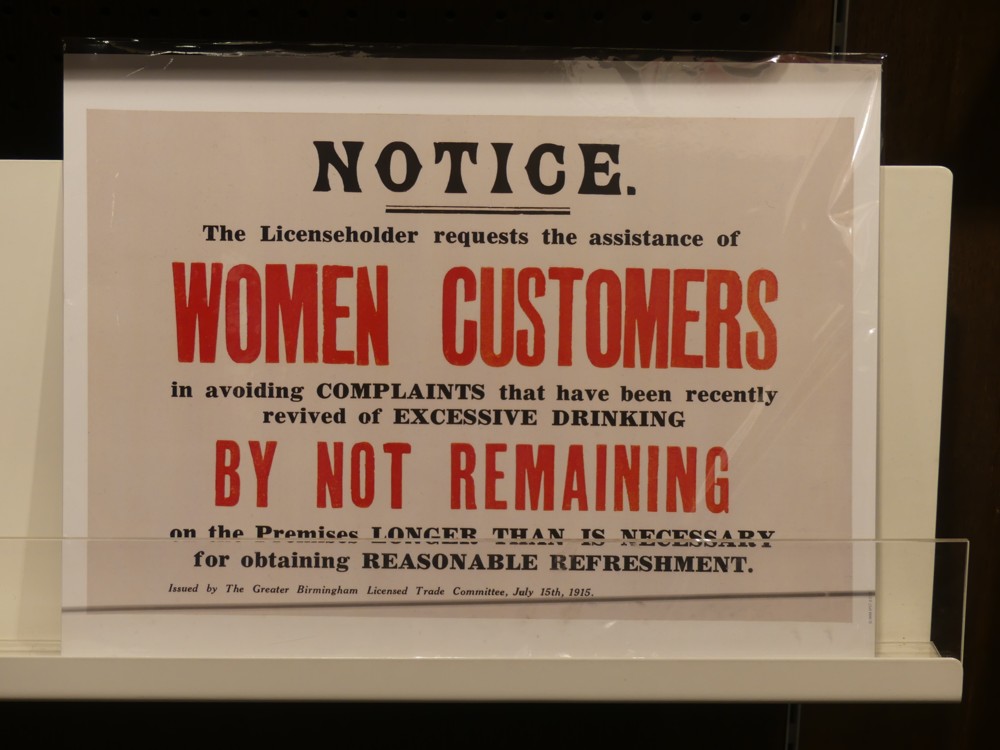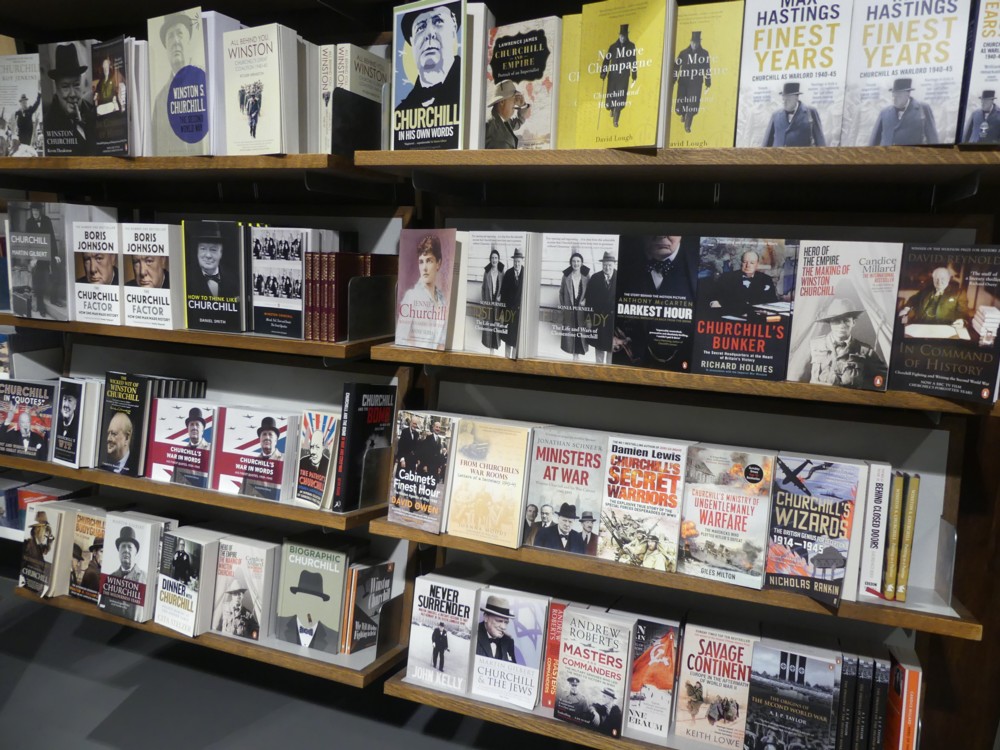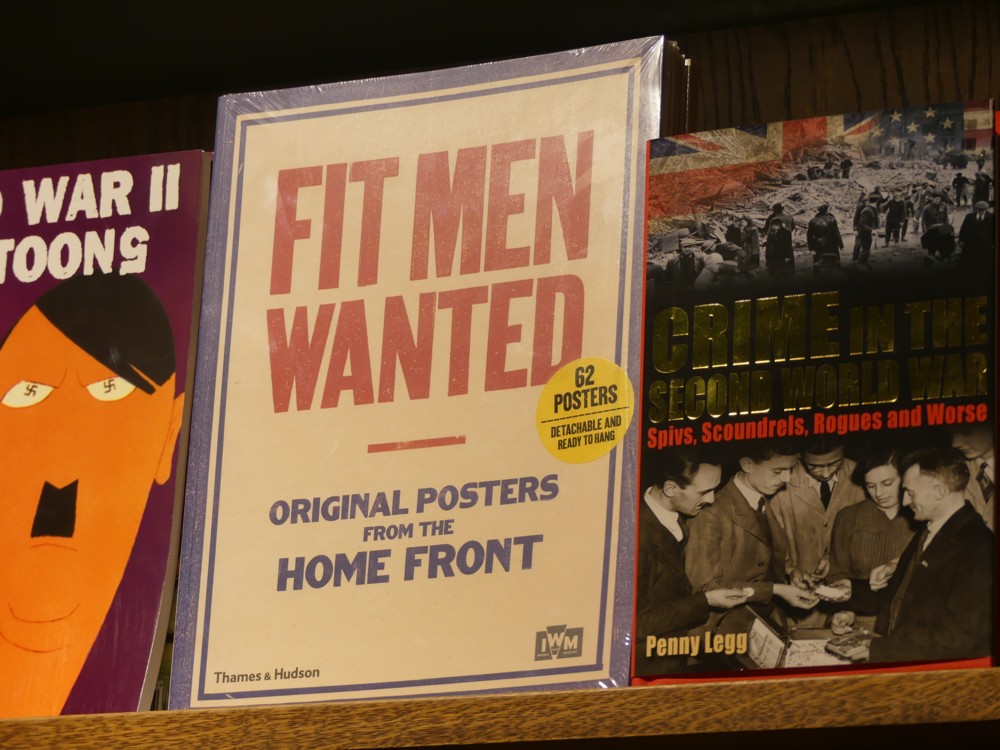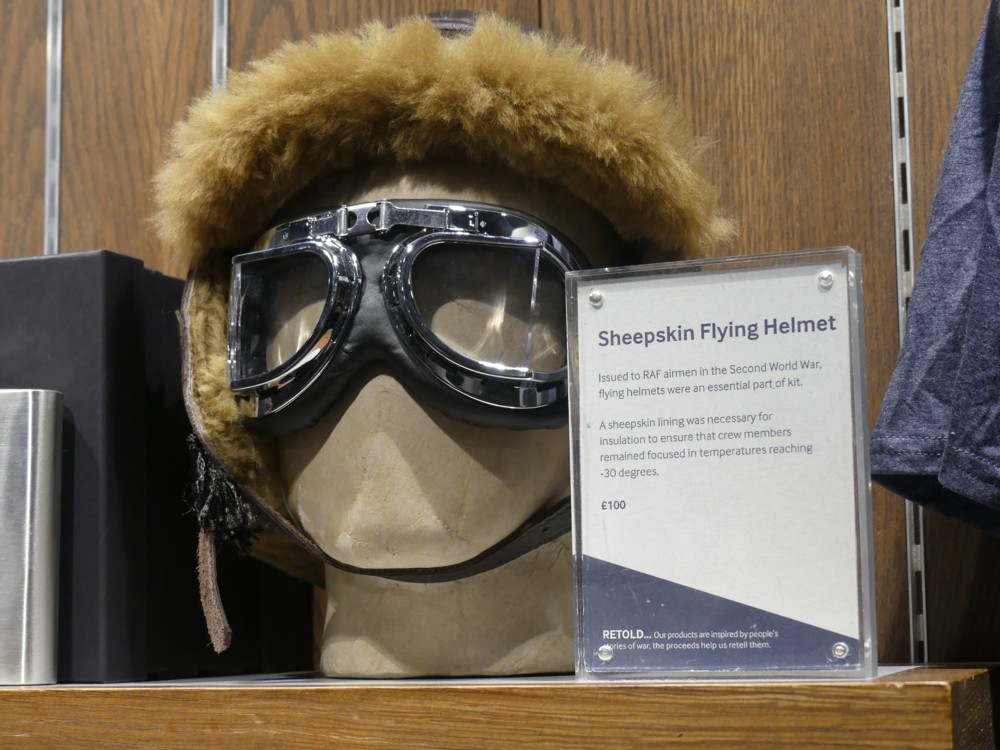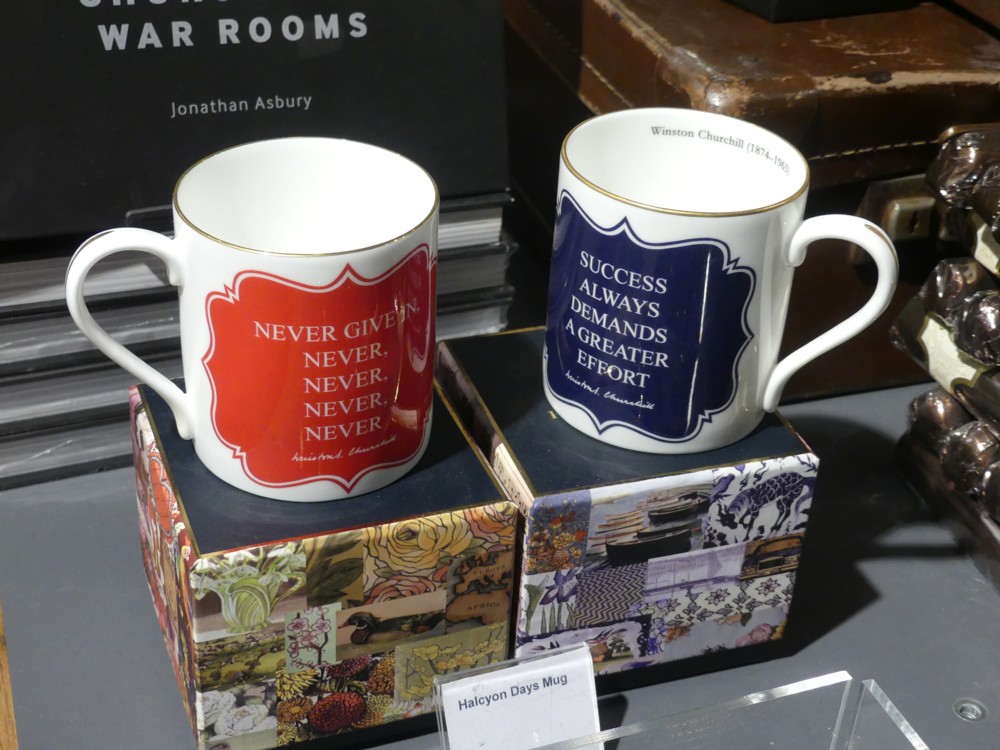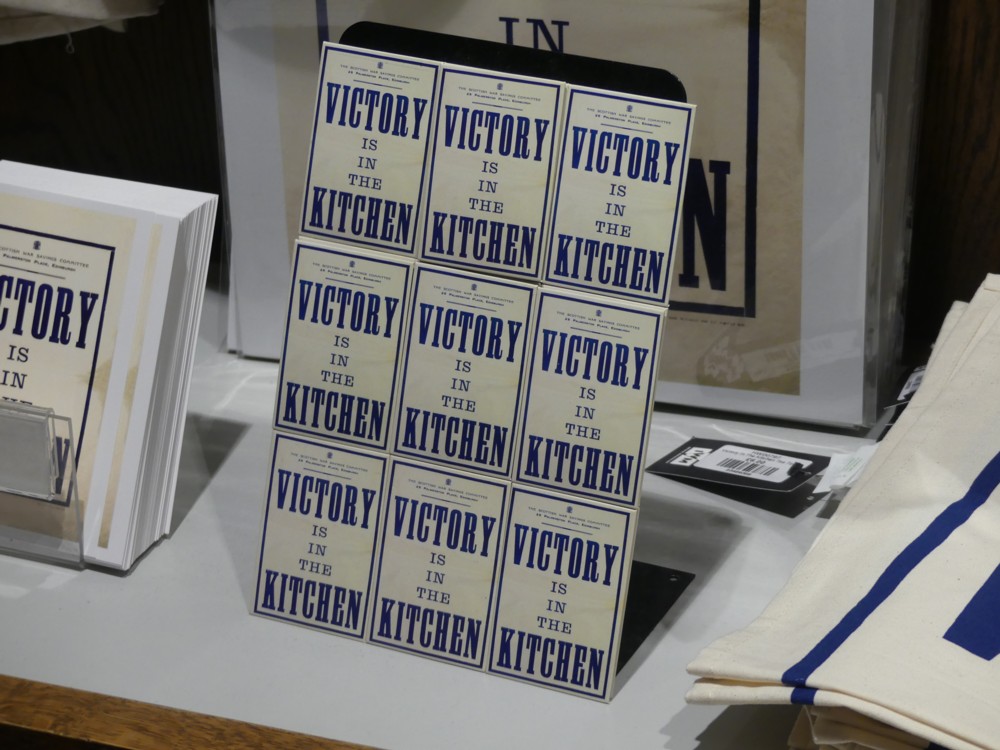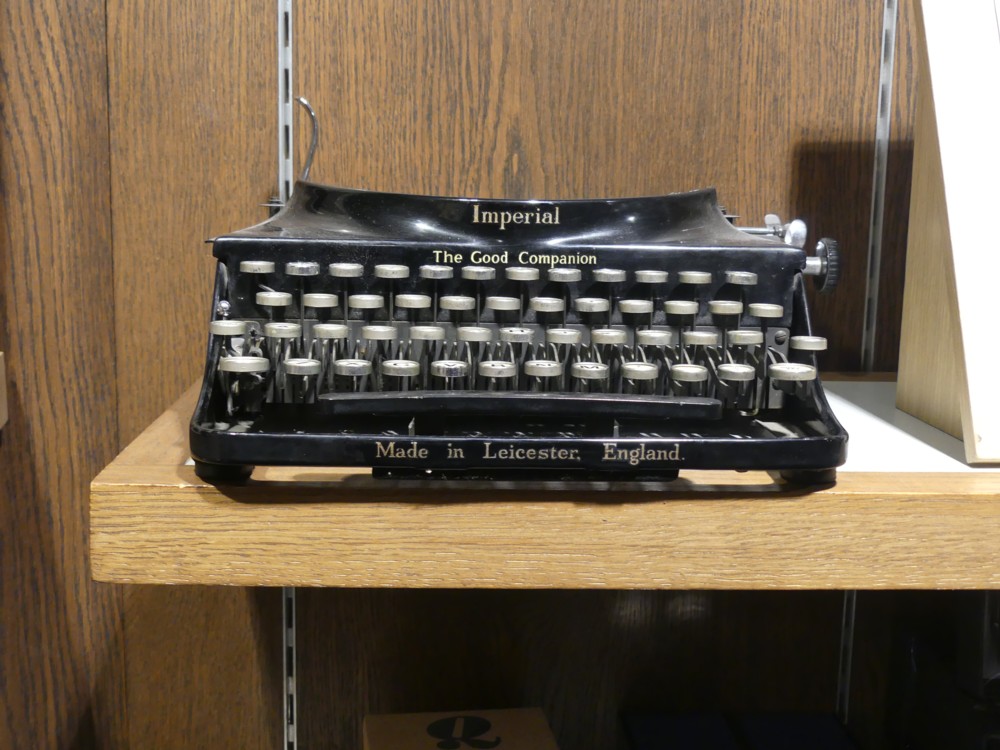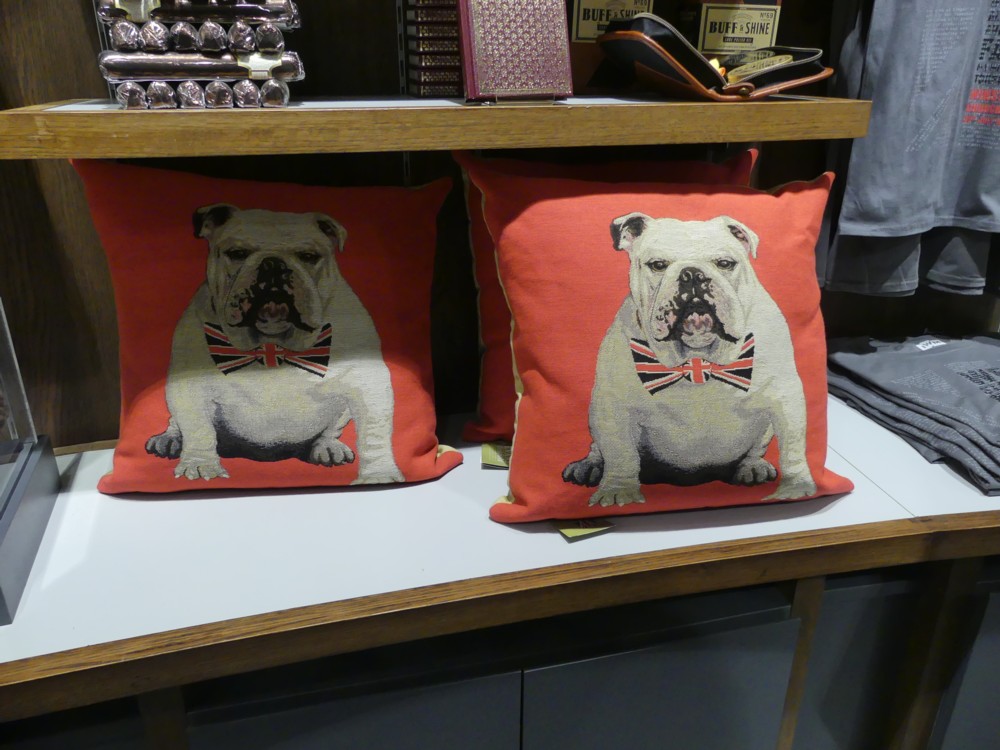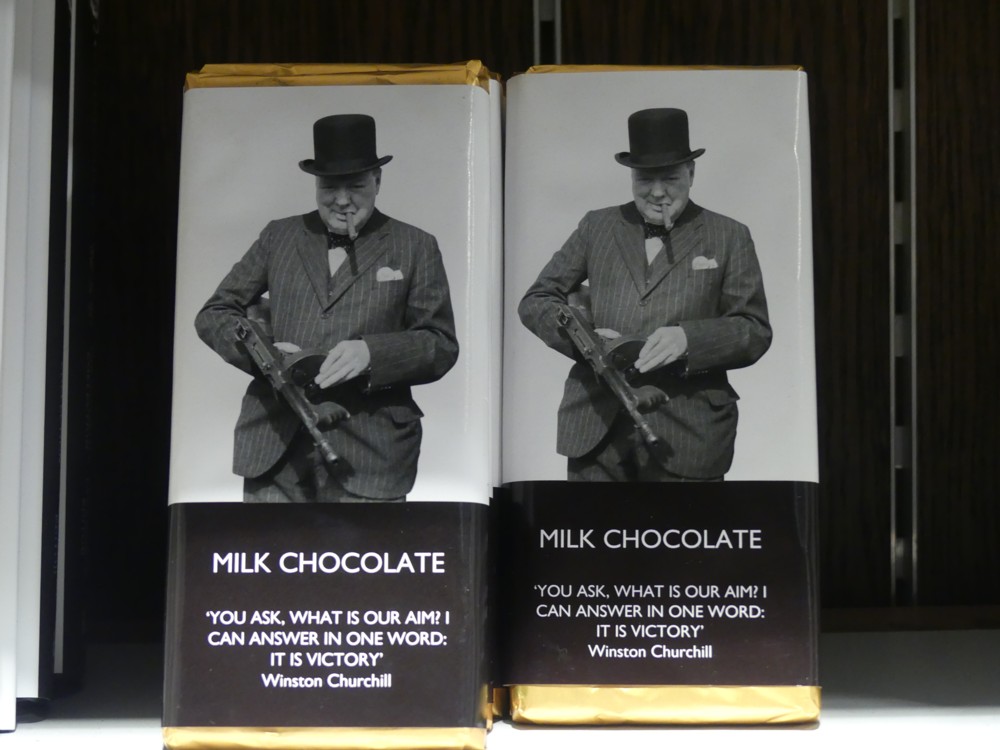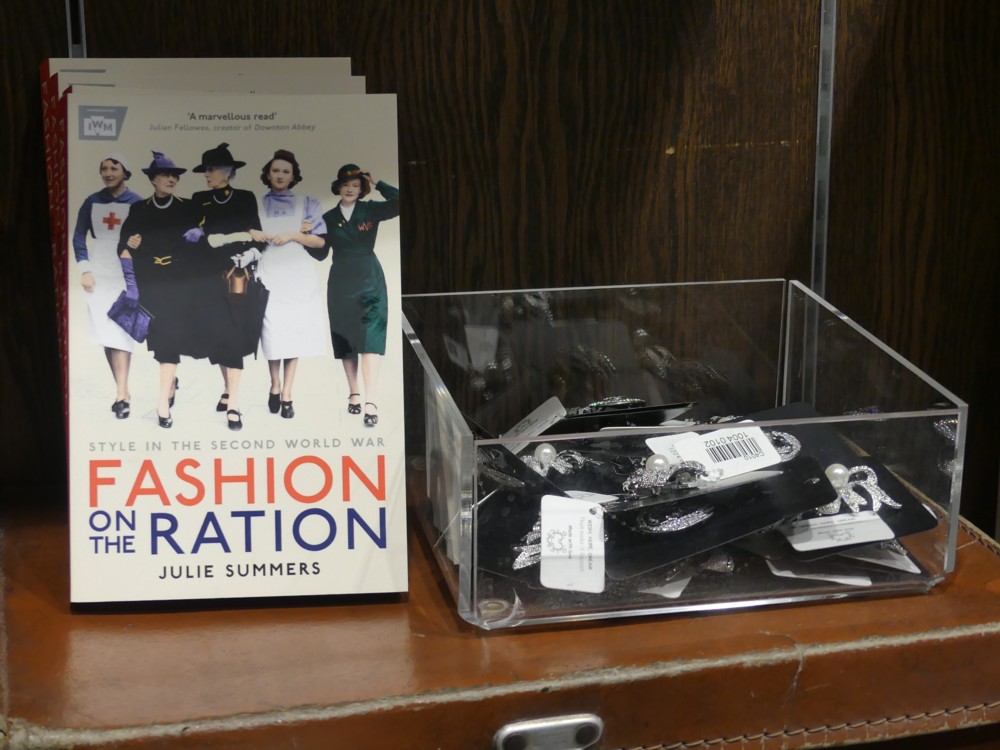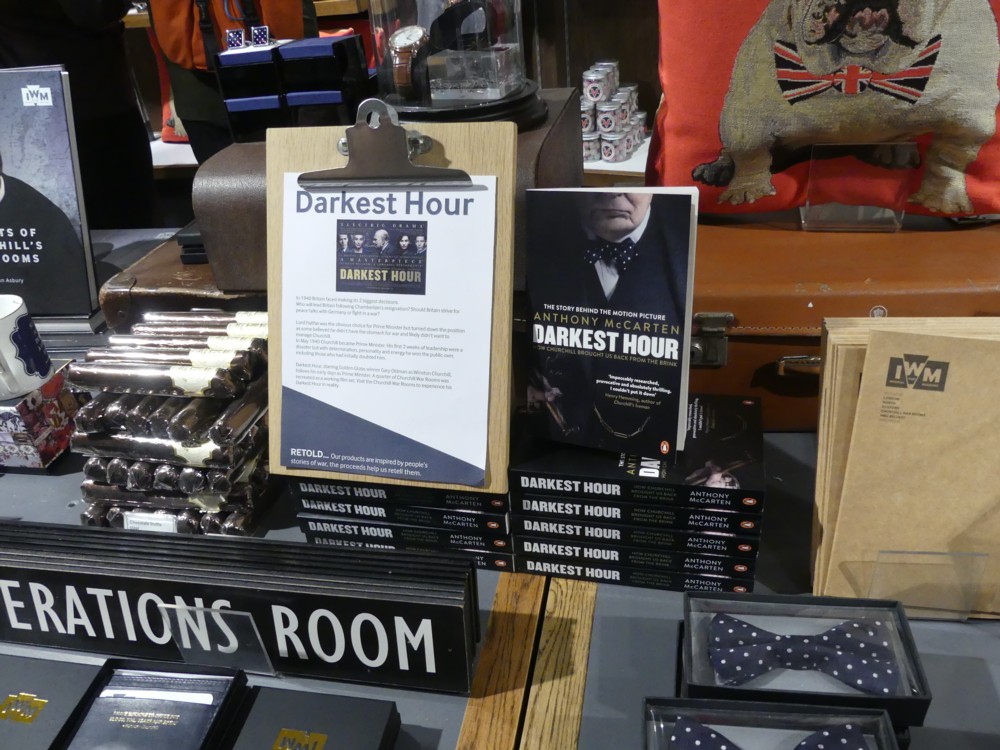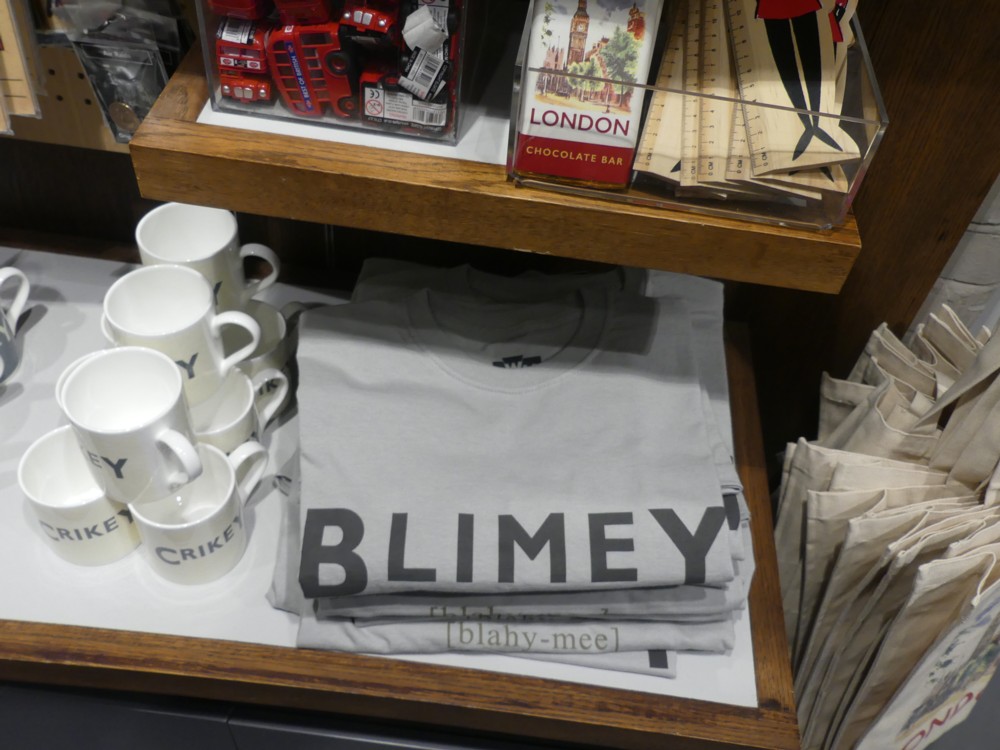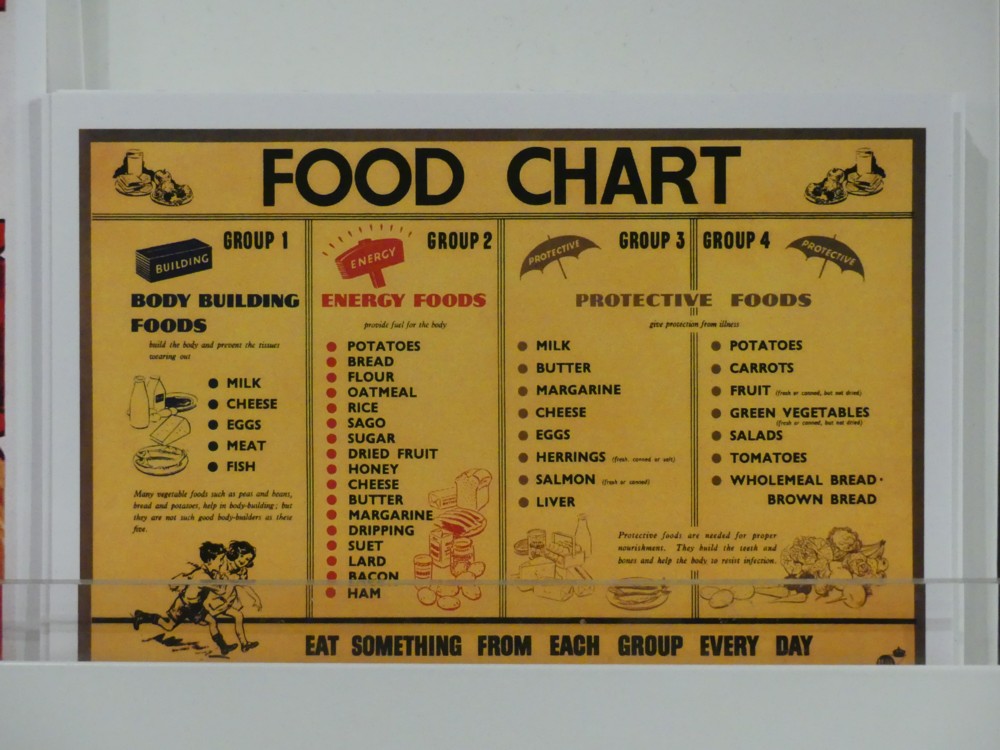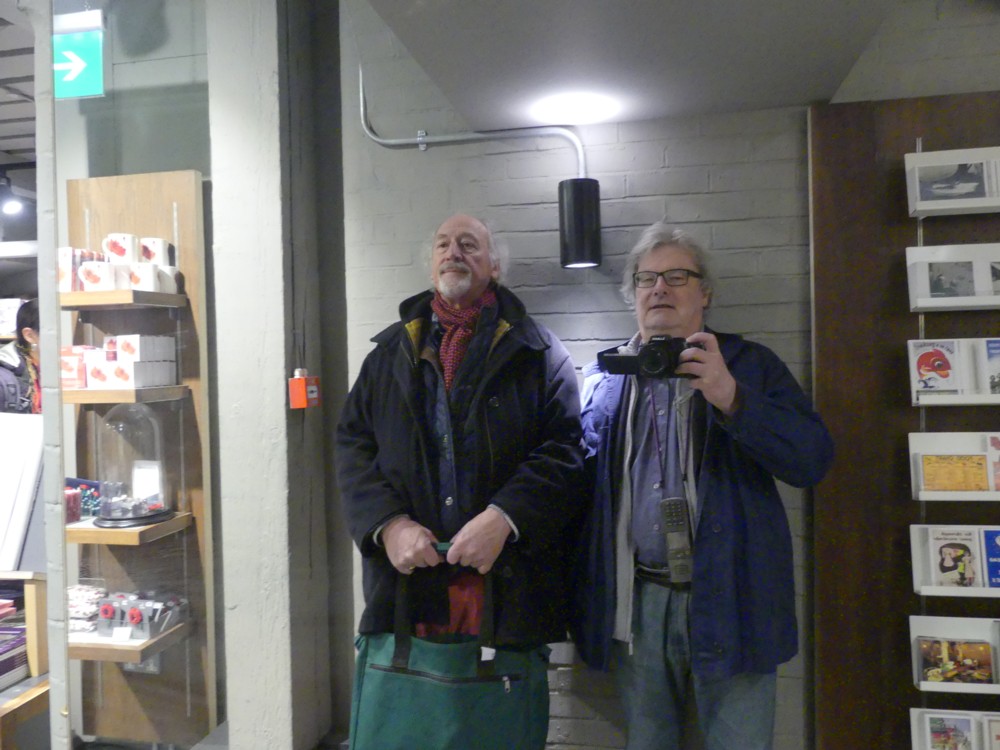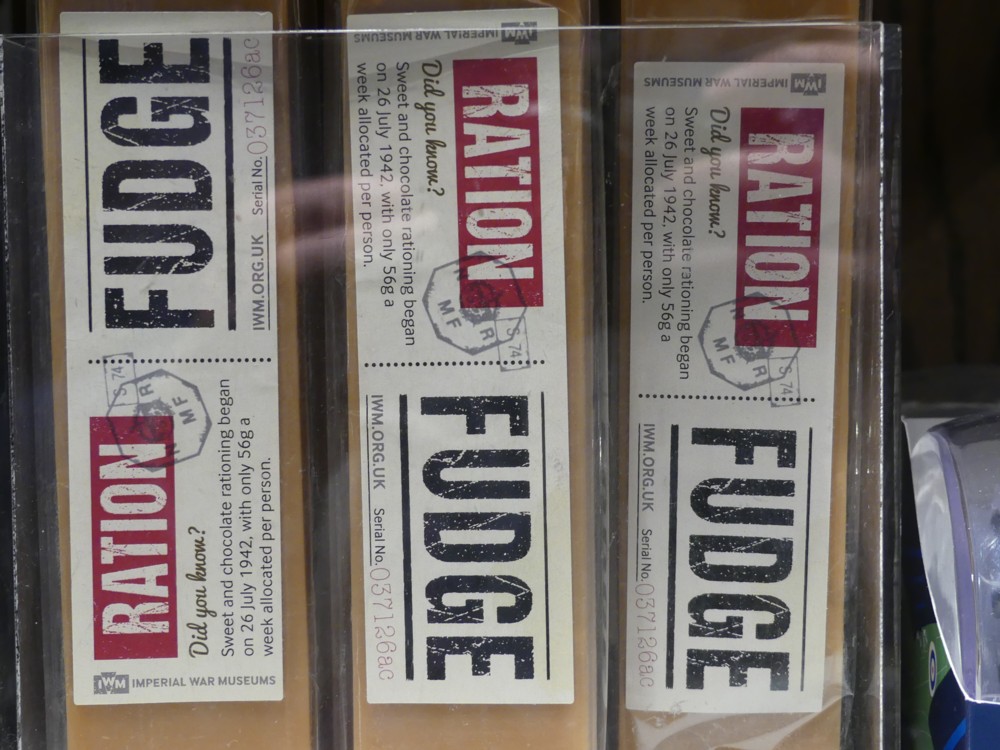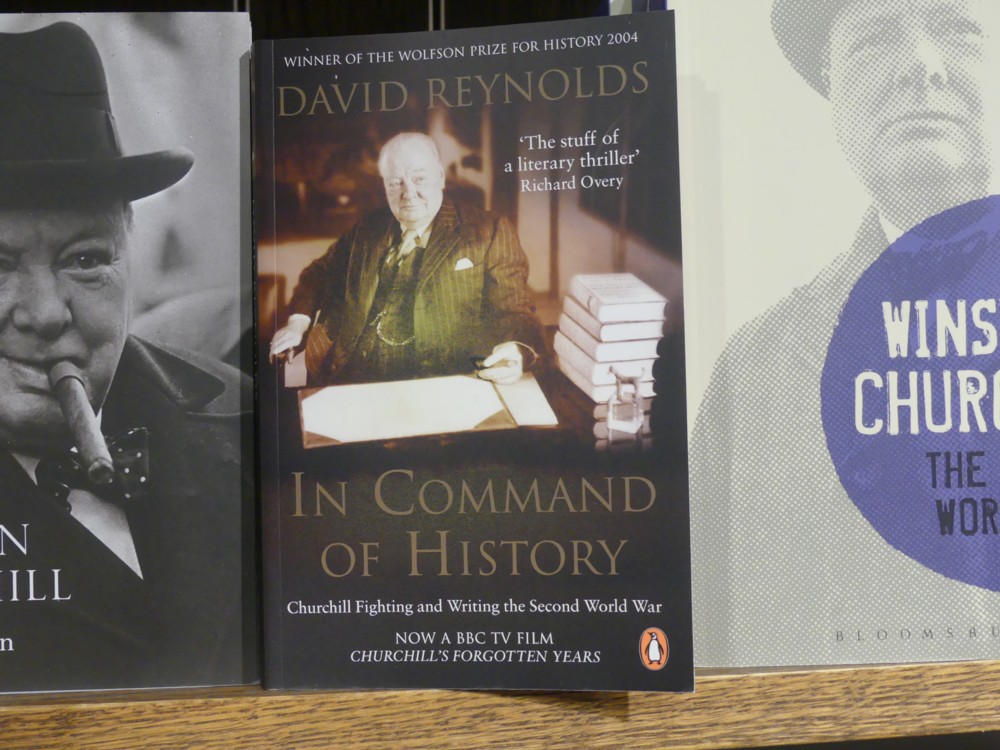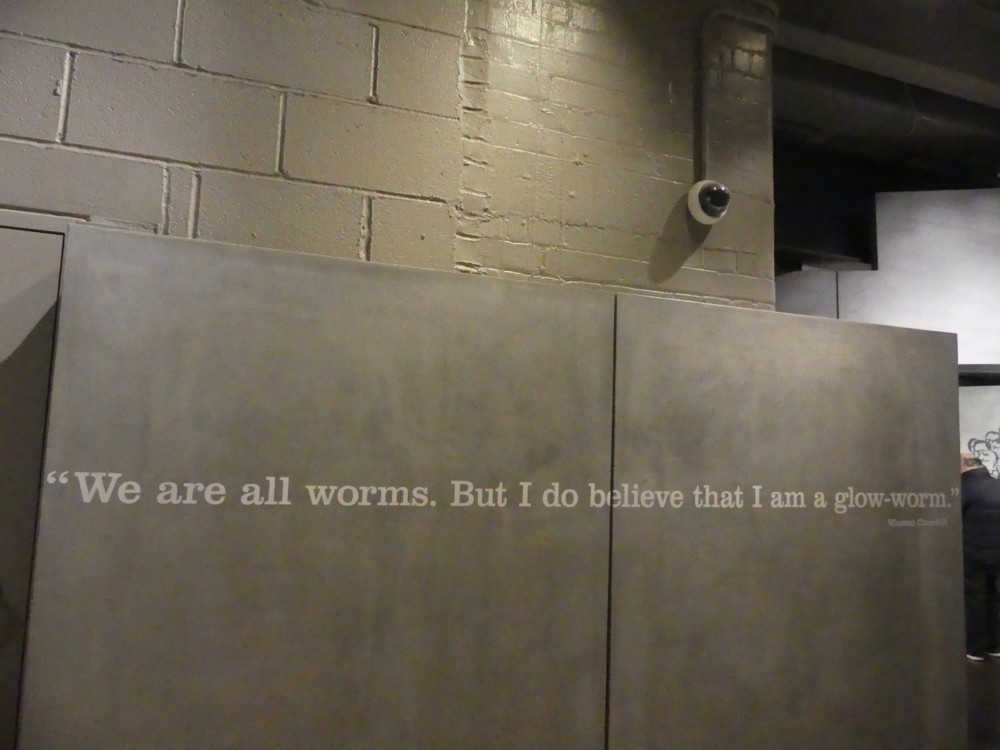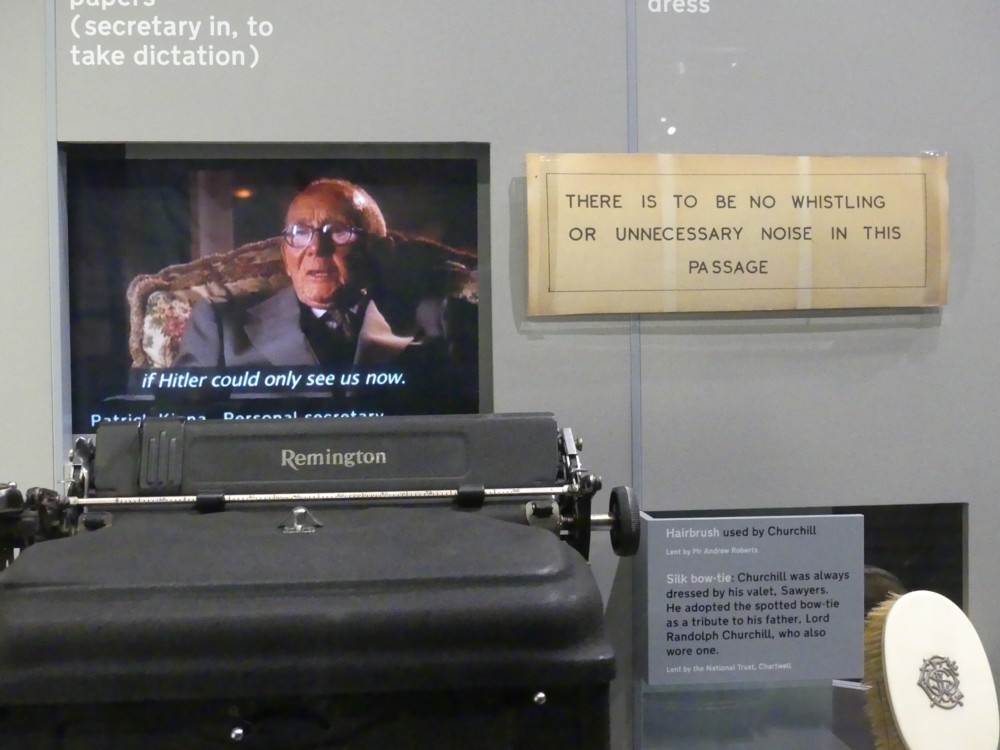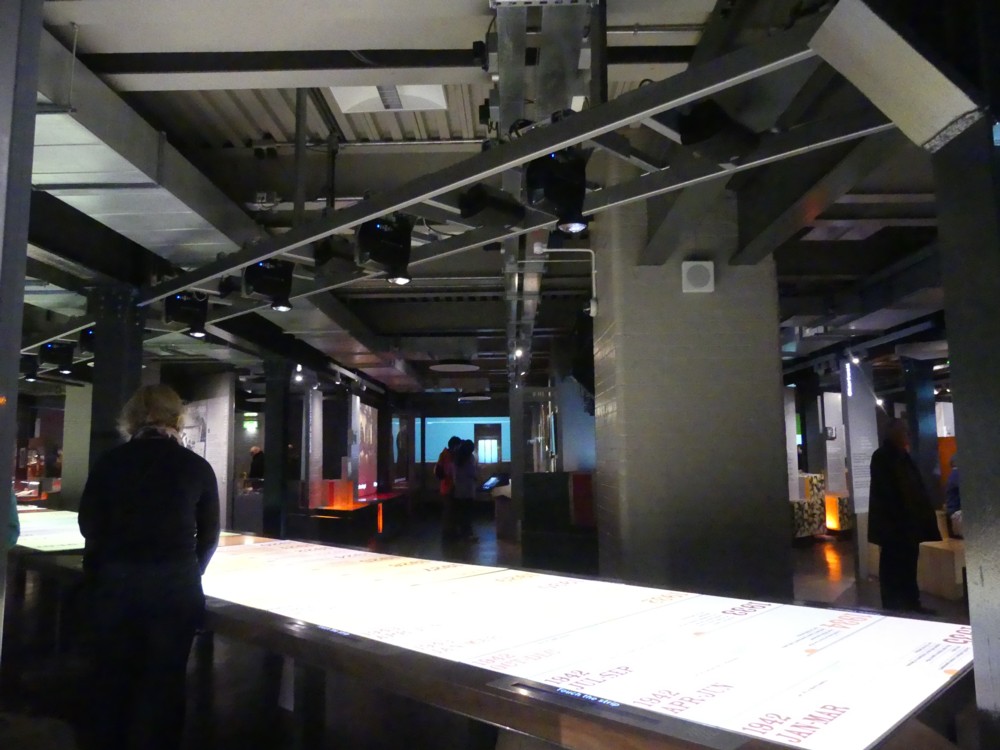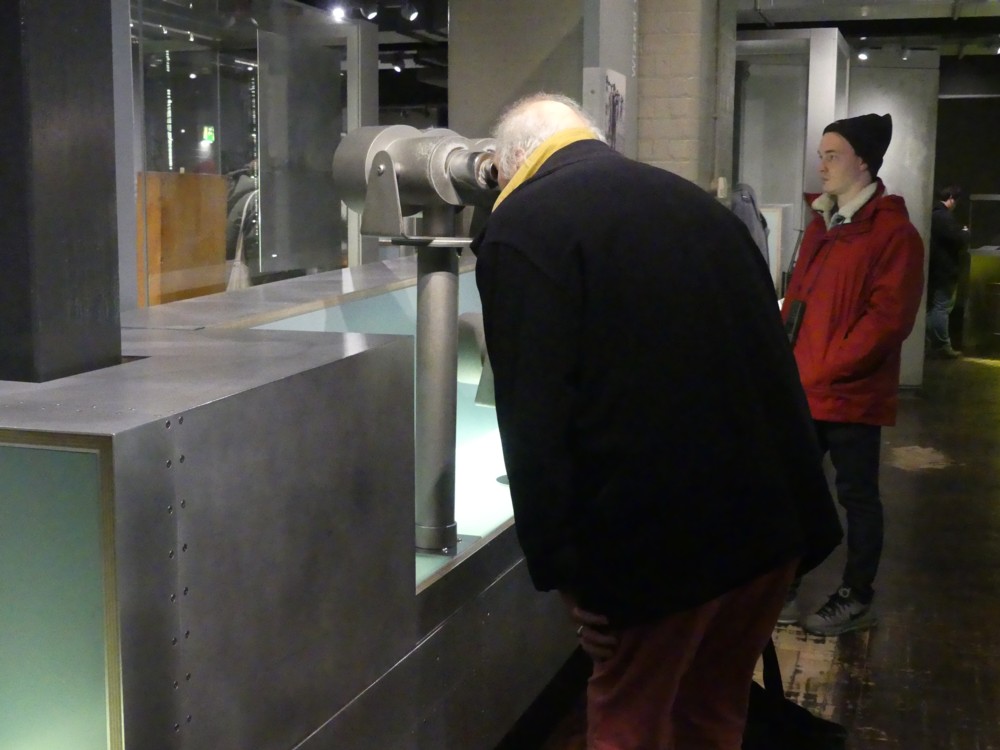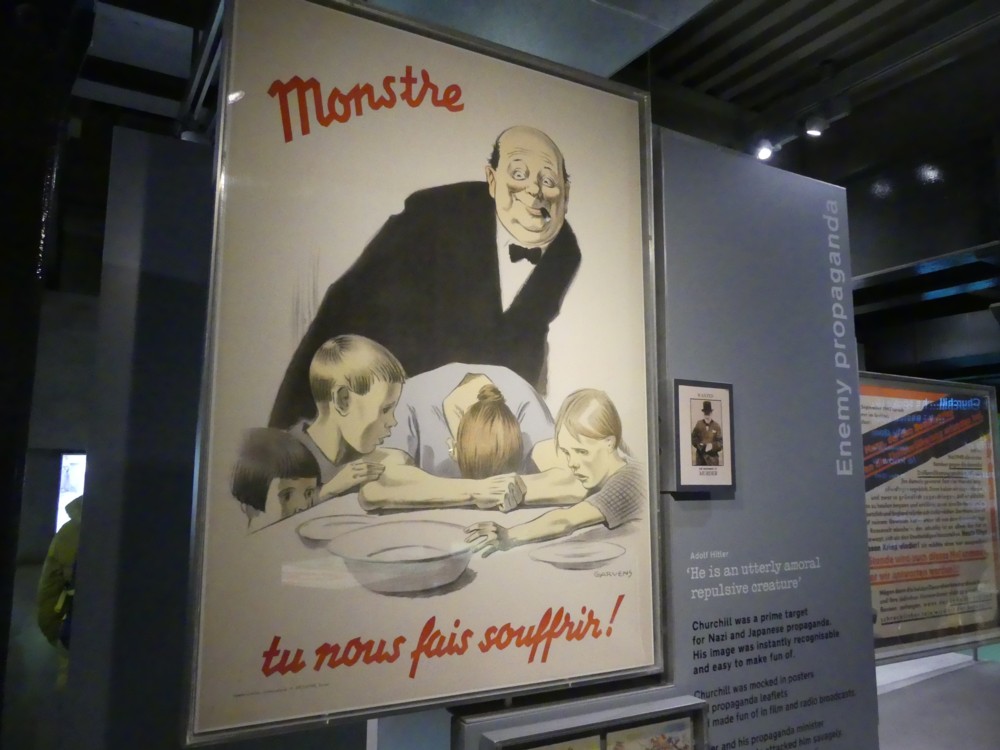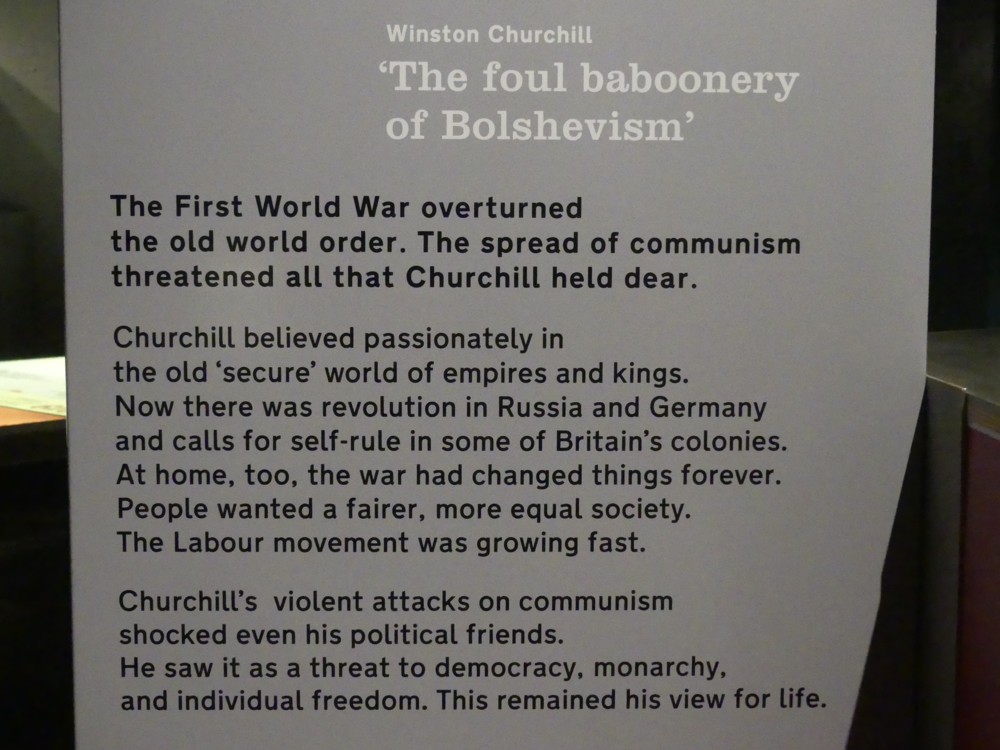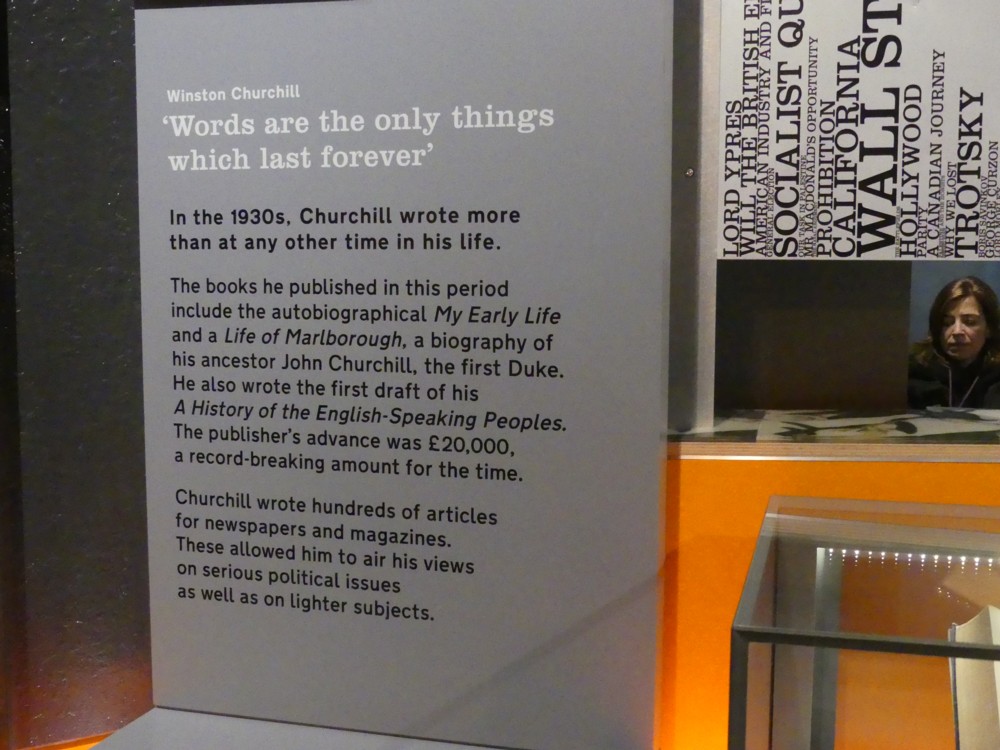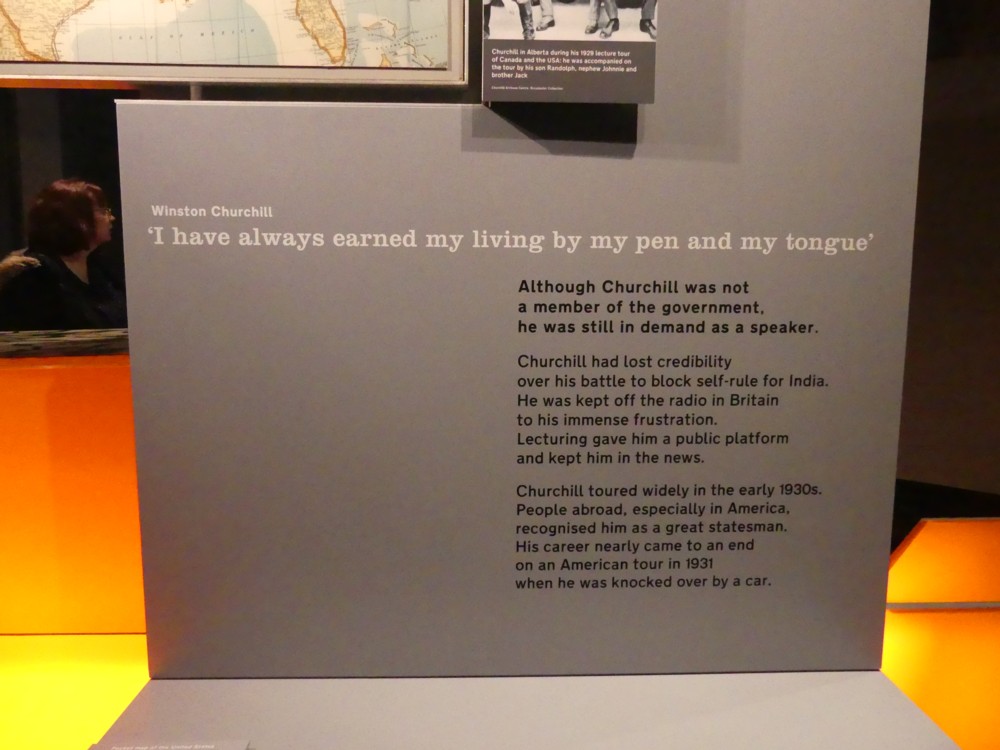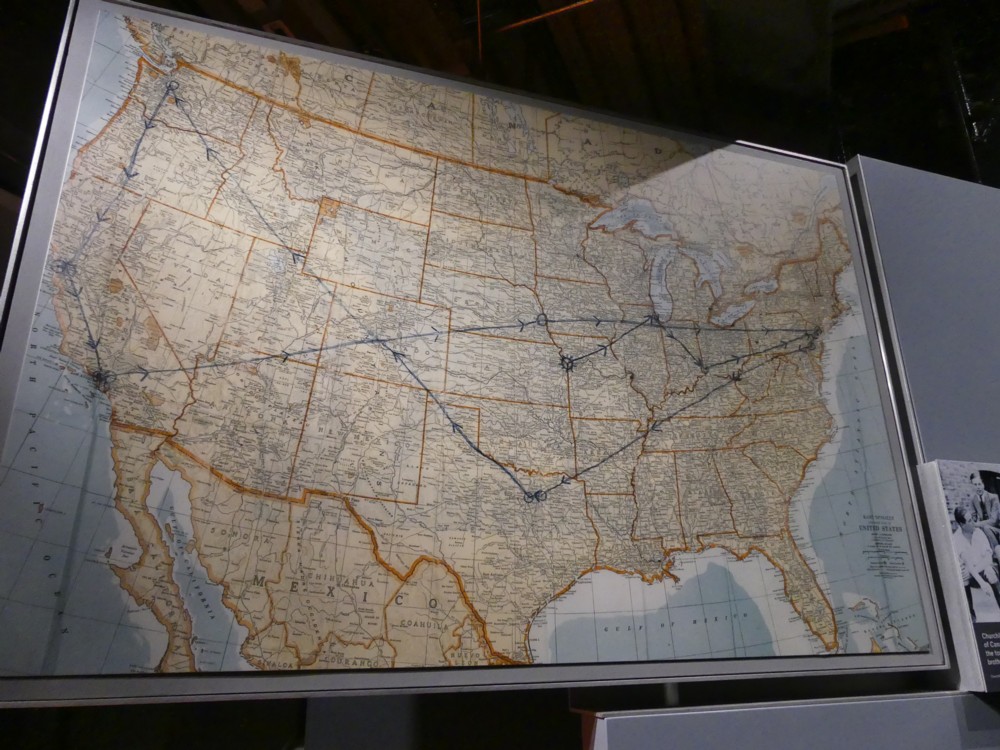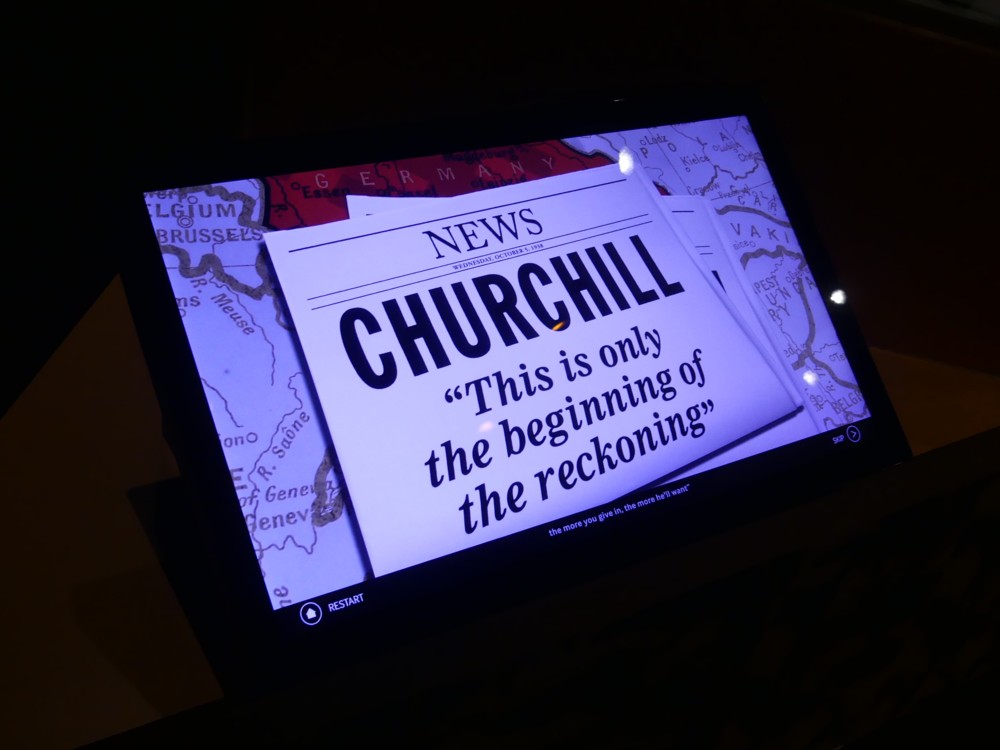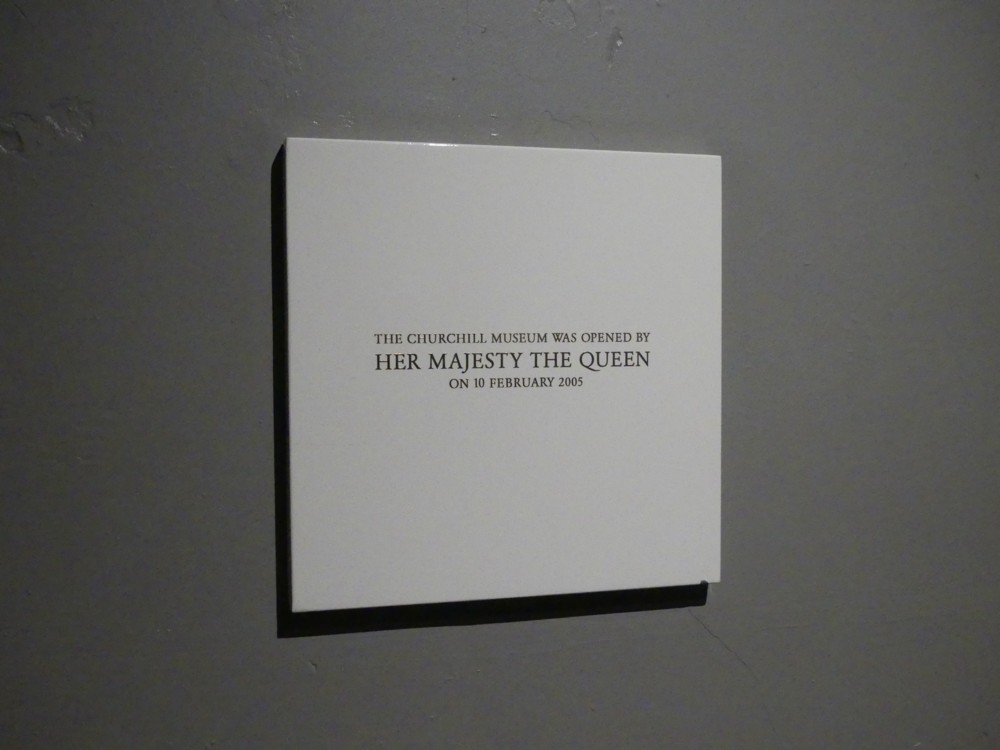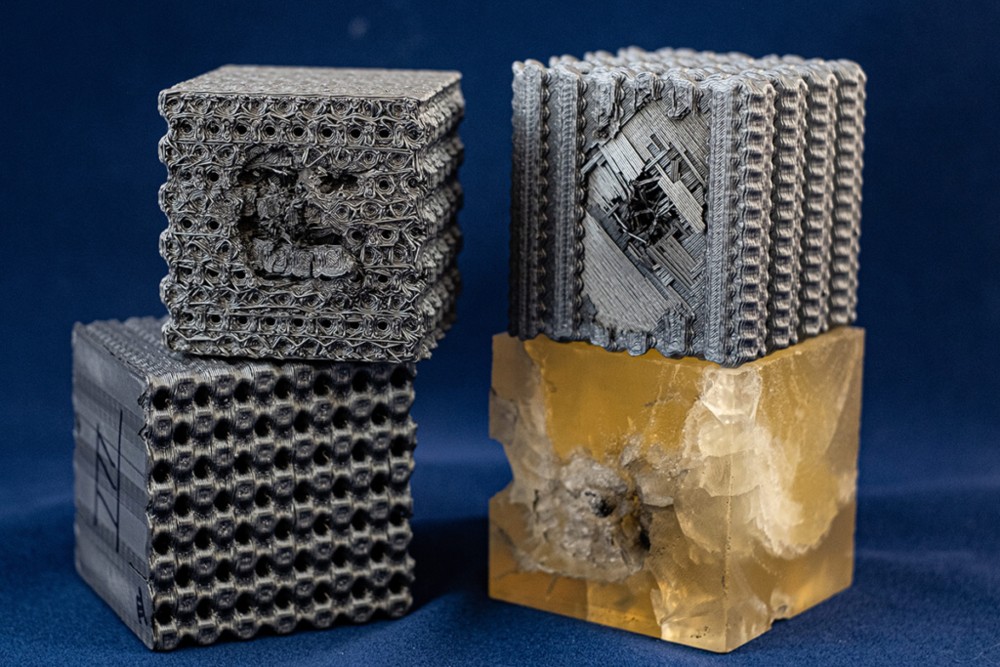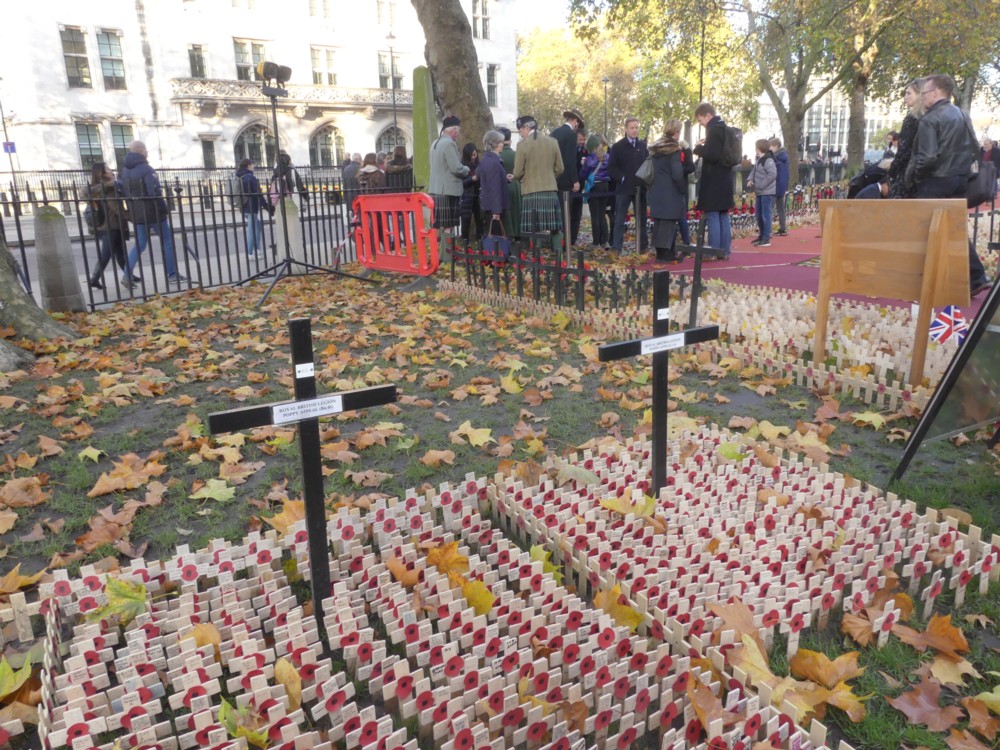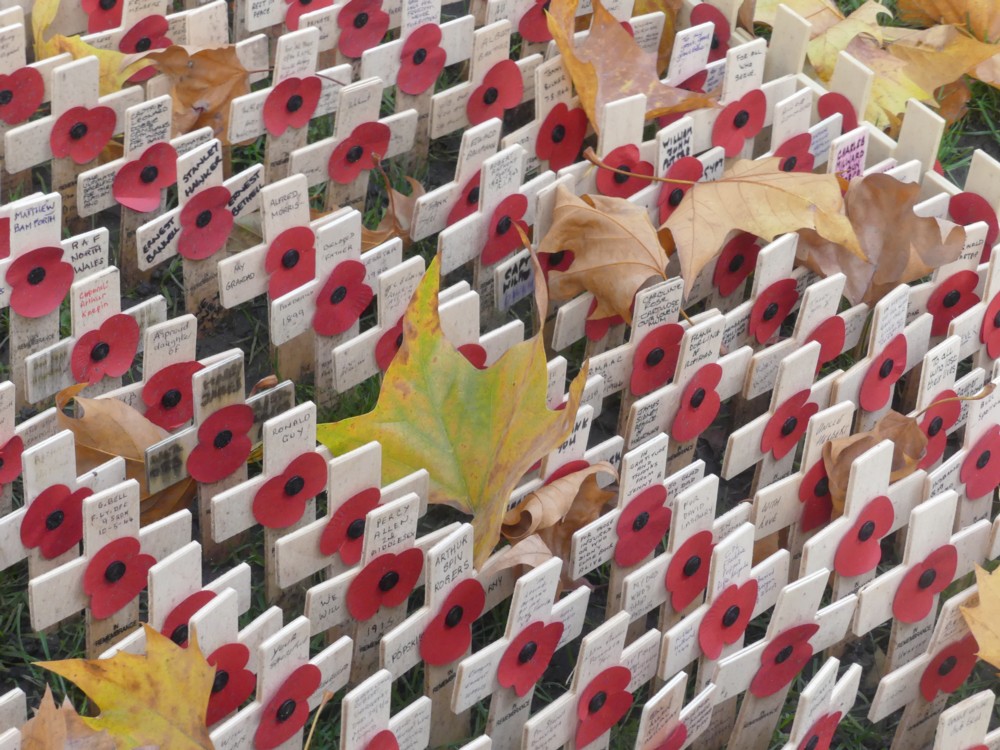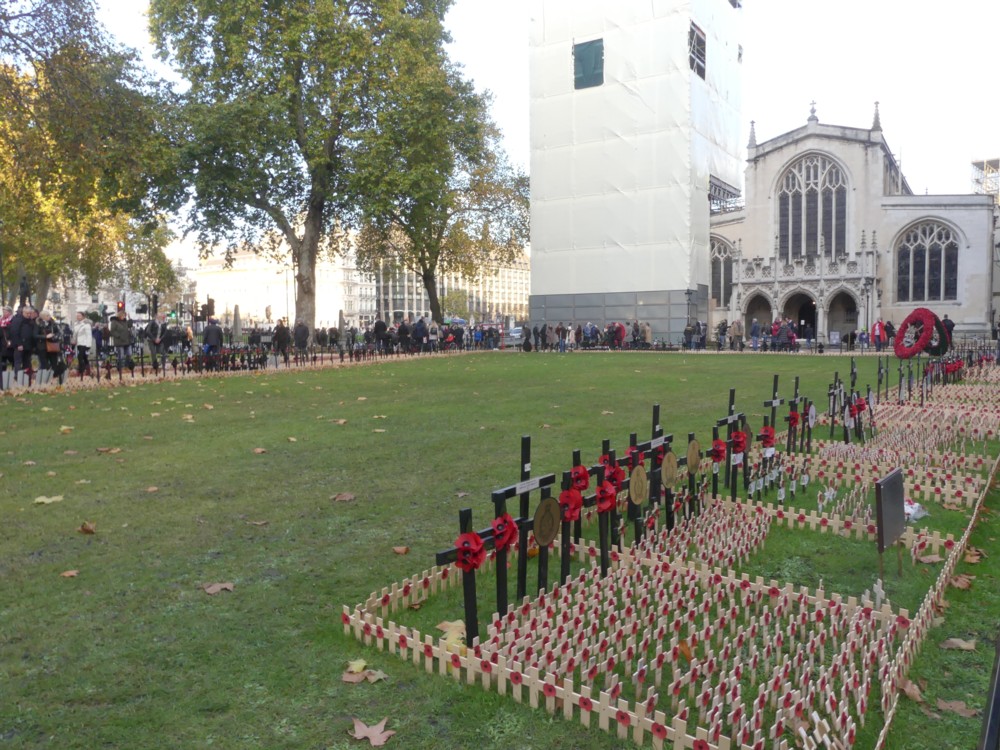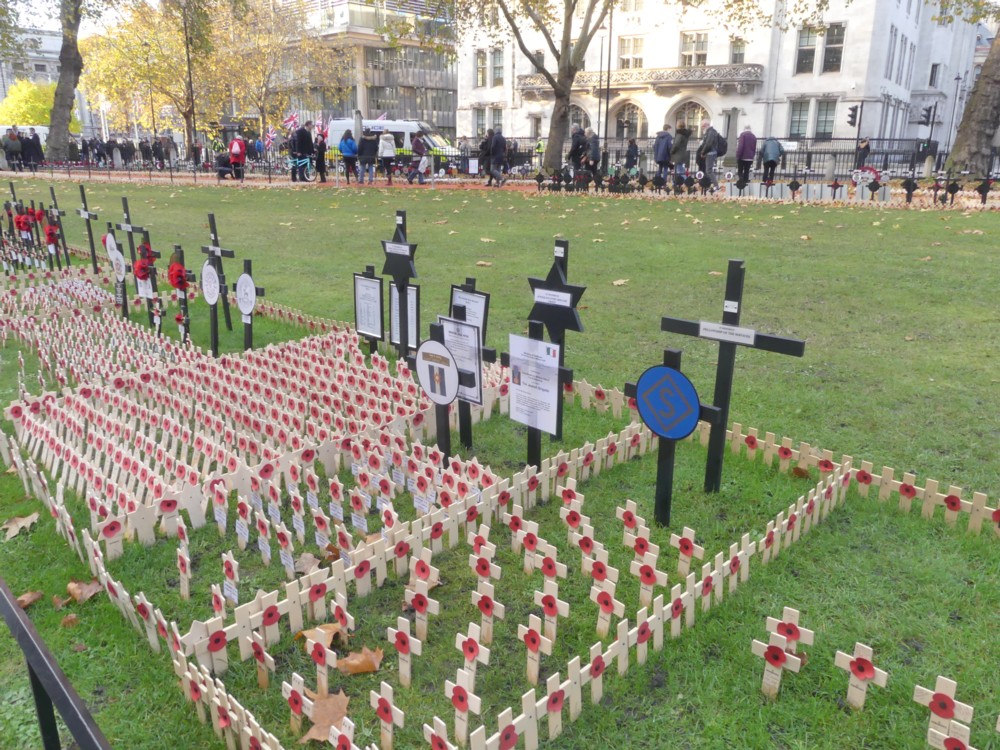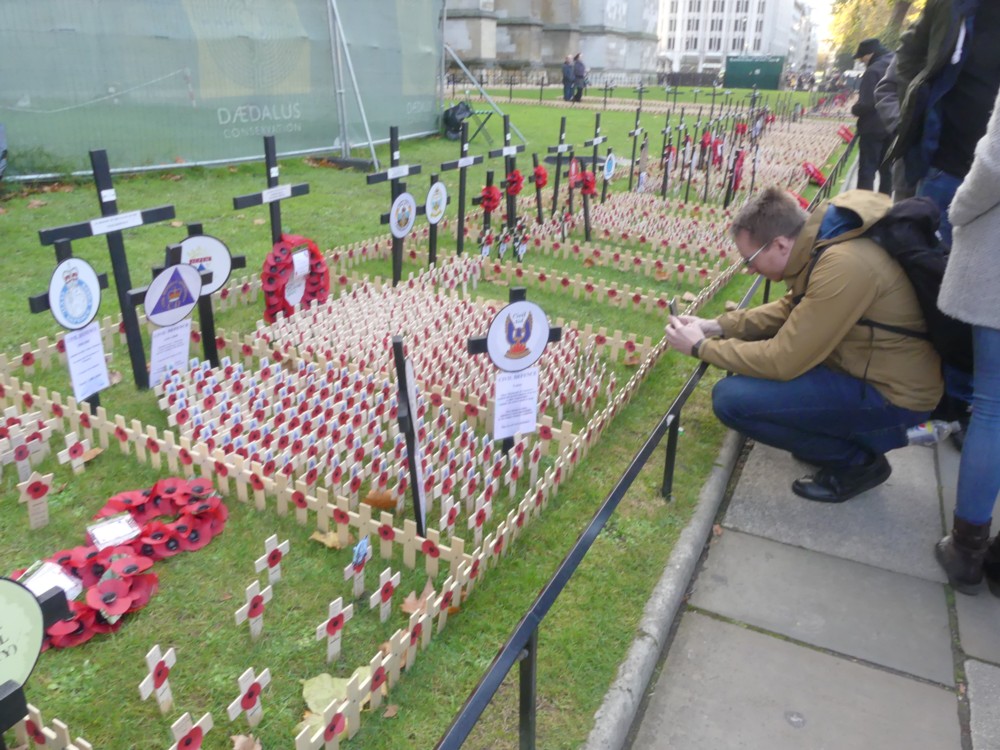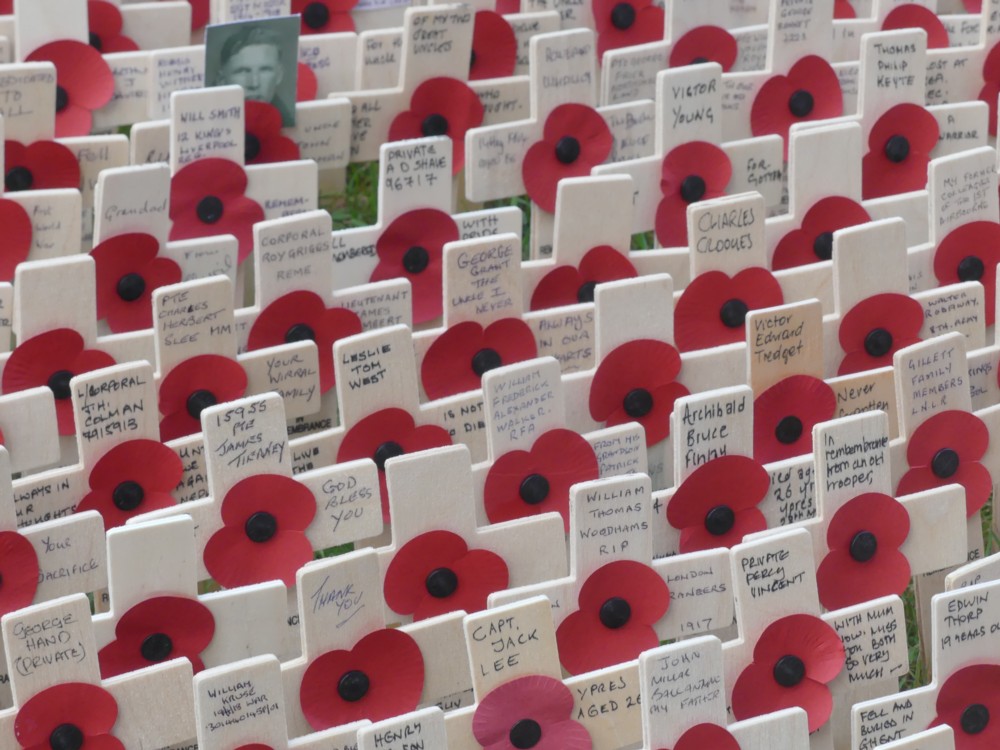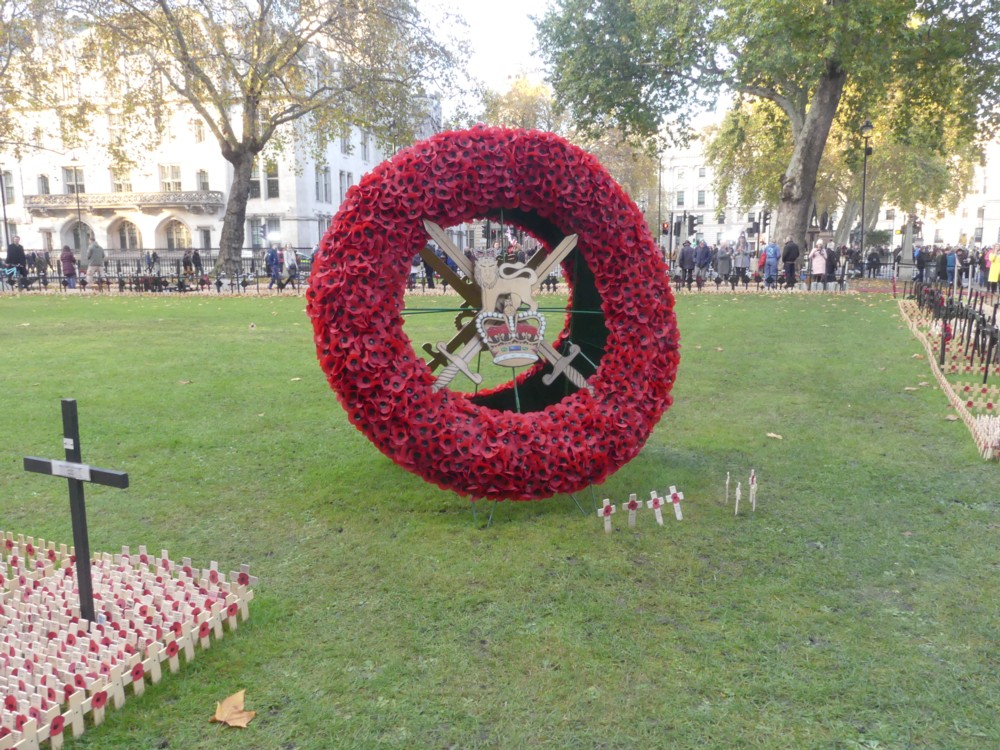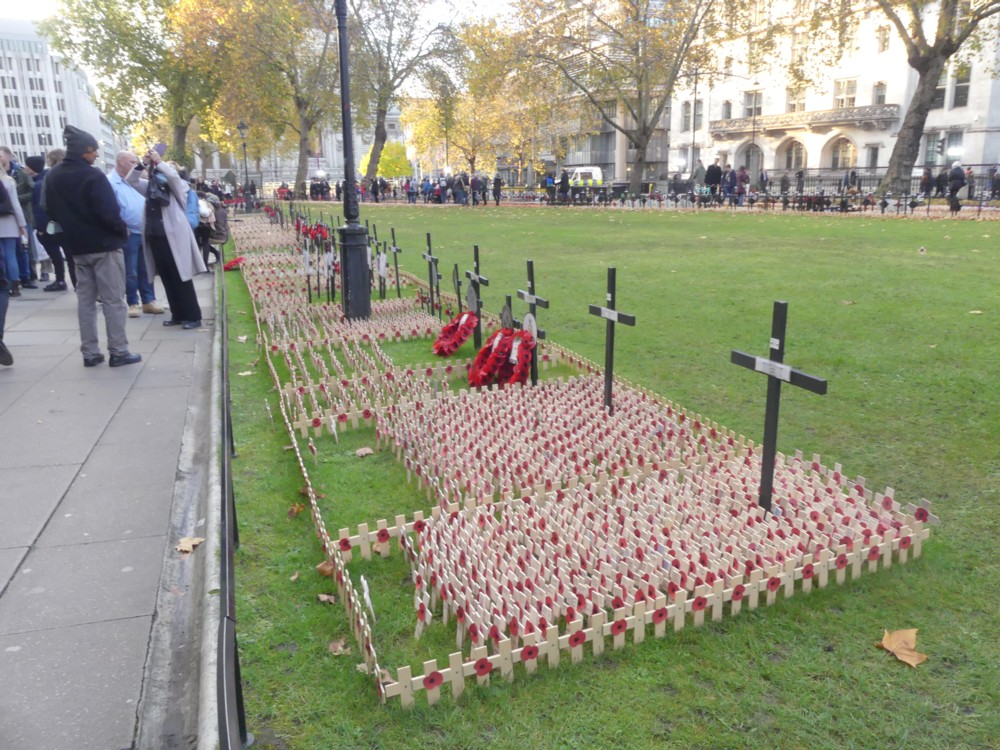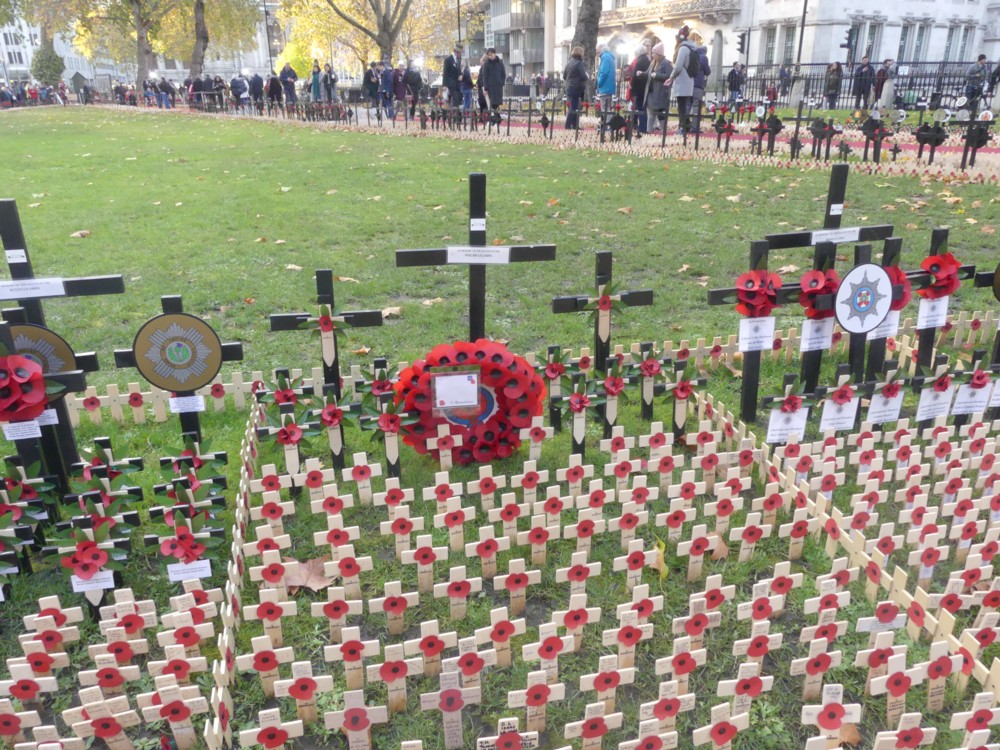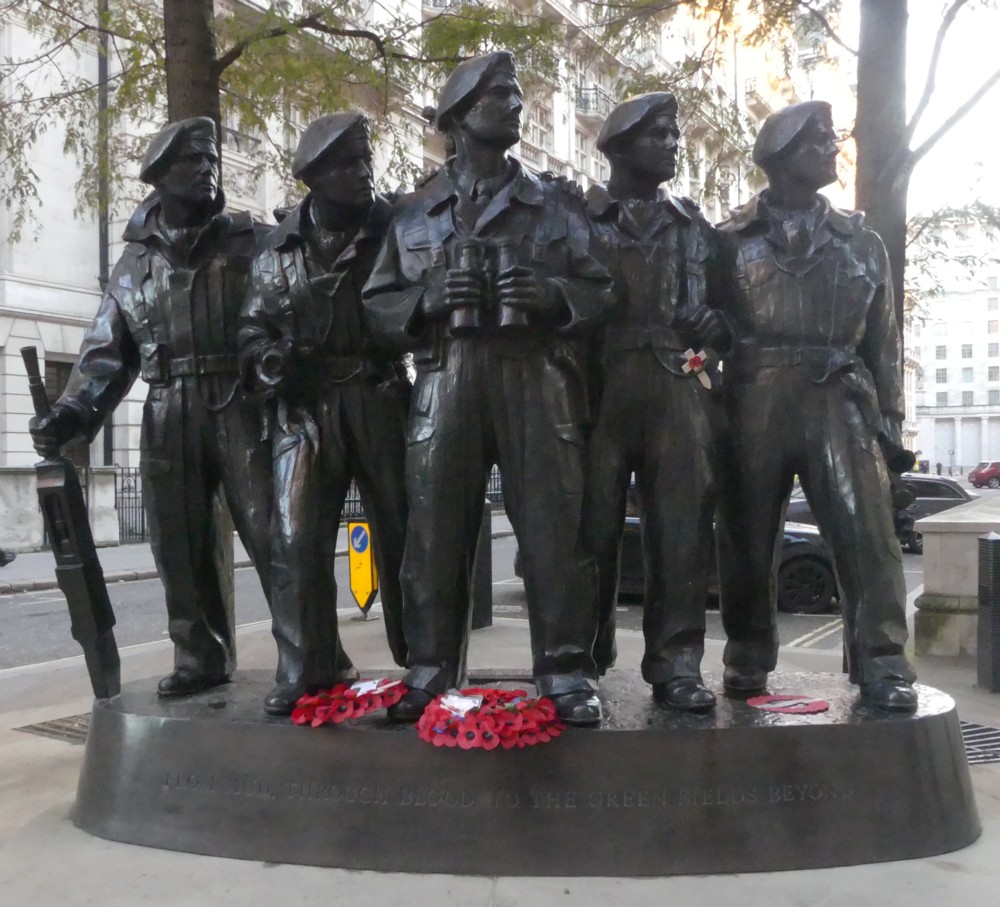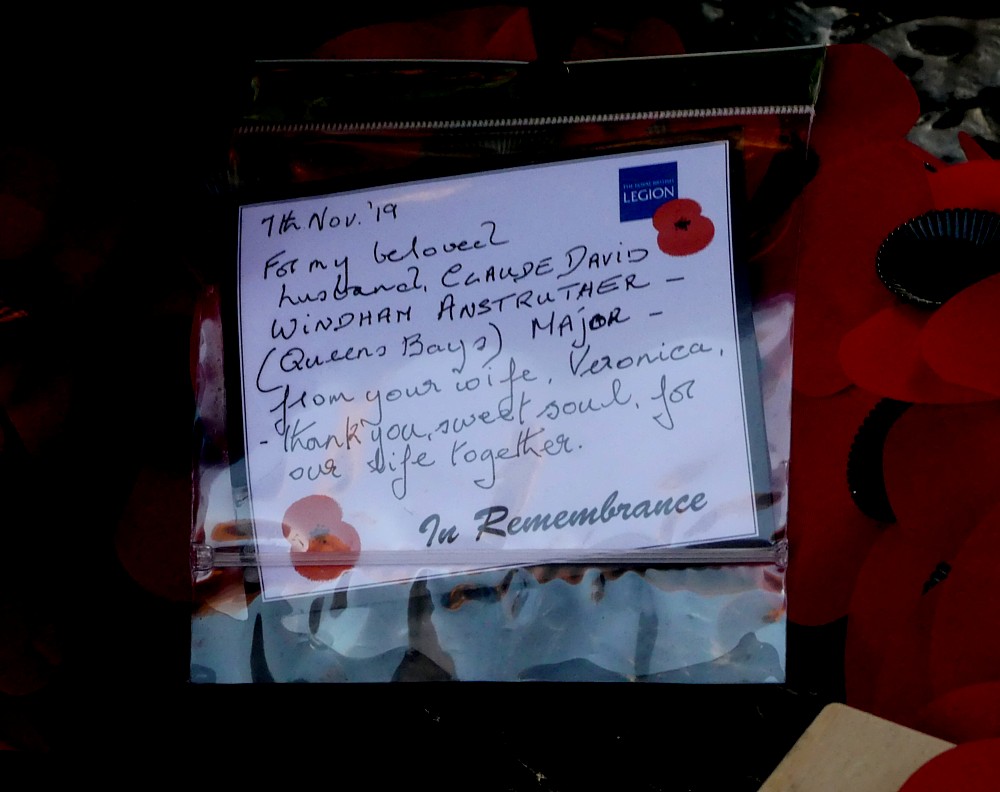If even slightly true, this, by David Archibald, is remarkable:
Lawyer Dan Harris writes that Chinese companies are now acting very short-term in their dealings with foreign companies. The situation reminds him of Russia in the 1990s. The Russians then, straight out of communism, would sign a deal but then immediately renege and run off with the cash, foregoing a large future benefit for a much smaller immediate gain. They did so because they did not expect there to be a future.
Harris’s words: “I am writing about this now because China today is feeling a lot like Russia in the 1990s. I am getting the sense that many Chinese companies are pessimistic about their futures and they are acting accordingly.”
And: “On top of the economic issues, many Chinese companies have become both wary of and angry at the West, particularly the United States. This too makes things riskier for foreign companies. We are seeing the results of all this in many ways.
Practically every week, one of our China lawyers will get an email or a phone call from someone who bought product from China and received nothing in return or nothing even approaching what they actually ordered. This sending of ‘junk’ instead of real product has spread to pretty much every industry in China.”
Further from Harris: “Sinosure is China’s state-owned export insurance company that pays Chinese manufacturers that were stiffed by their foreign buyers and then seeks to collect from the foreign buyers that allegedly failed to pay. … We are now seeing Sinosure cases where the Chinese manufacturer has made what we think are fraudulent policy claims to Sinosure because they are desperate for cash and they don’t care about maintaining their relationship with their foreign buyer.”
Yet more: “Lastly, our China lawyers are dealing with an increasing number of situations where the Chinese side of a China joint venture has essentially taken over the joint venture and stops communicating with its foreign joint venture partner.”
So Chinese companies are burning their bridges and attempting to monetize the last scraps of goodwill left in the system. They are effectively eating their seed corn. …
In the 1980s I and some mates based around the then Alternative Bookshop – in Covent Garden, a short walk from the Opera House – ran a little thing called the Anti-Soviet Society. We said that Russia should stop being communist and should become a liberal democracy. One-and-a-bit out of two (Russia is now a democracy of sorts but hardly a liberal democracy) ain’t bad. You can never know about such things, but this little enterprise may have shortened the Cold War by as much as a few fractions of a second. I think I still have some pamphlets that it dished out around then.
Time for something similar to be done to the Chinese Communists, who look like they may now be losing the mandate of heaven. Or to put it another way, time for me to find out about such enterprises that already exist, if they do.
To those who say that the Chinese economy now is far more impressive than the Soviet economy ever was, I say: True, but what matters is the direction in which things are heading, or feel like they’re heading, rather than the absolute level of affluence (or lack of it). These Chinese Communists feel to me like they’re losing the future, just as the old USSR did.
A tyranny collapsing always seems impossible. Until it collapses.
LATER: On the other hand … How China Sees the Hong Kong Crisis. He reckons they’re pretty relaxed about it.

